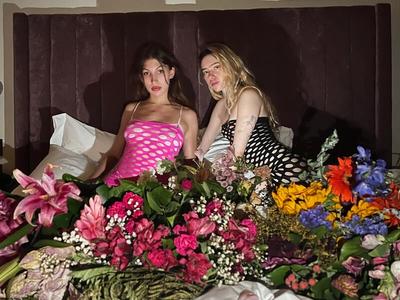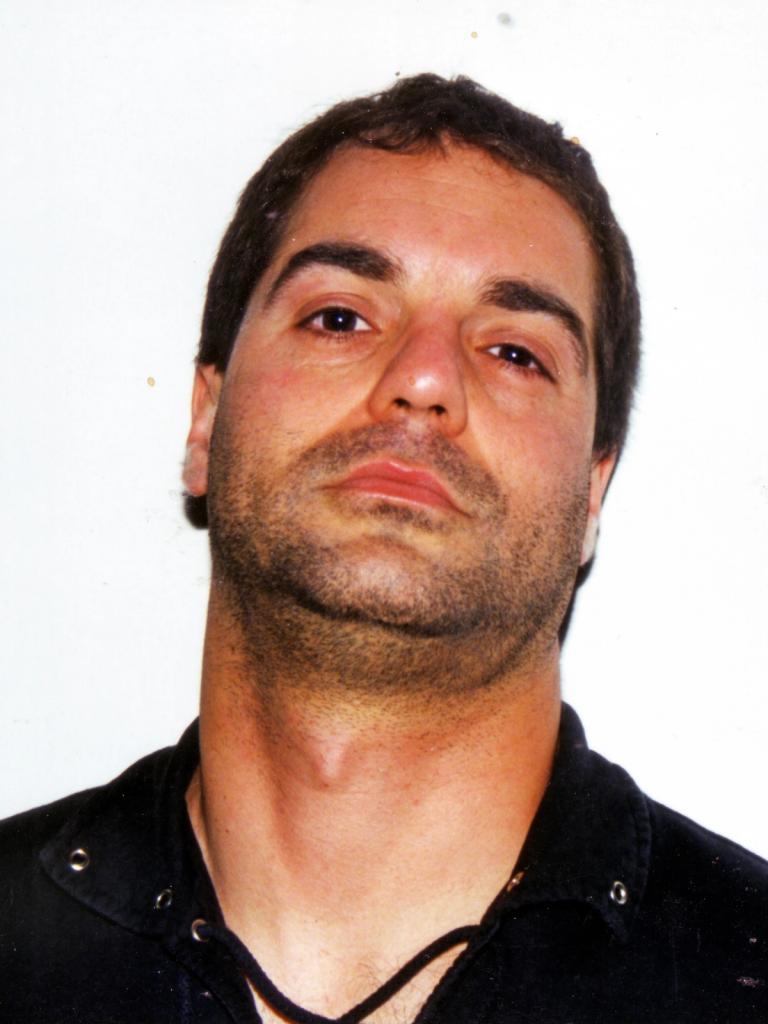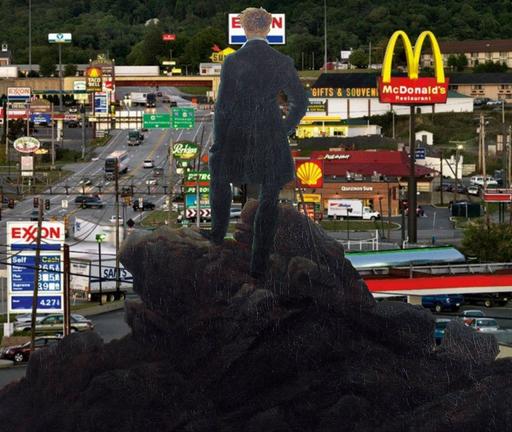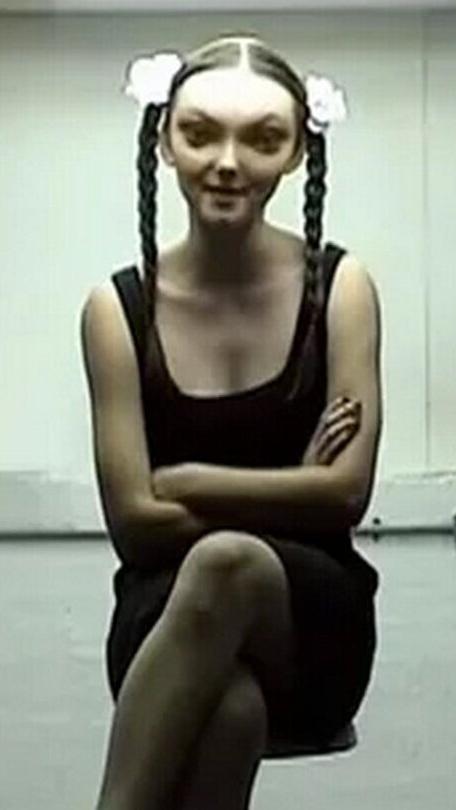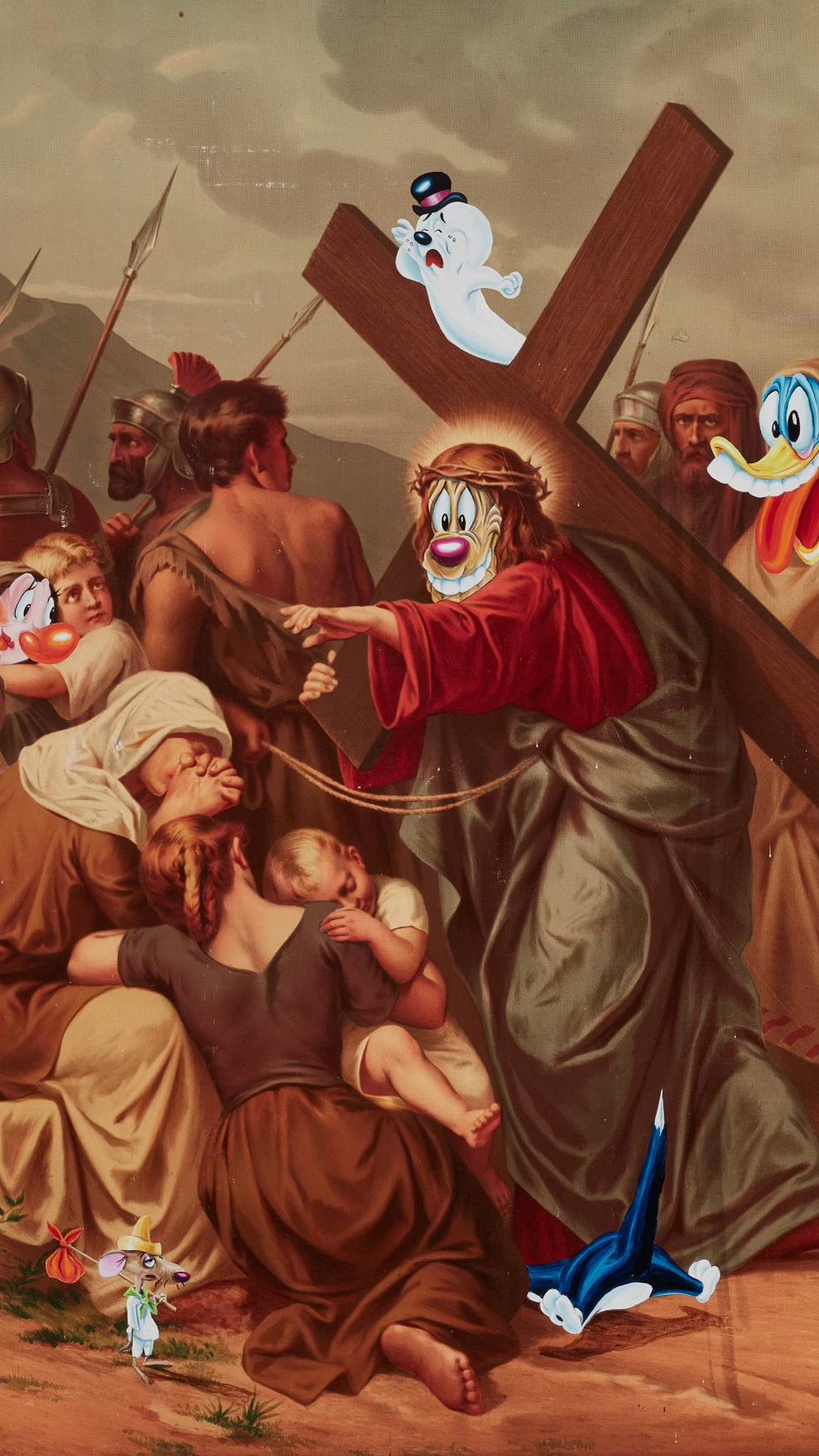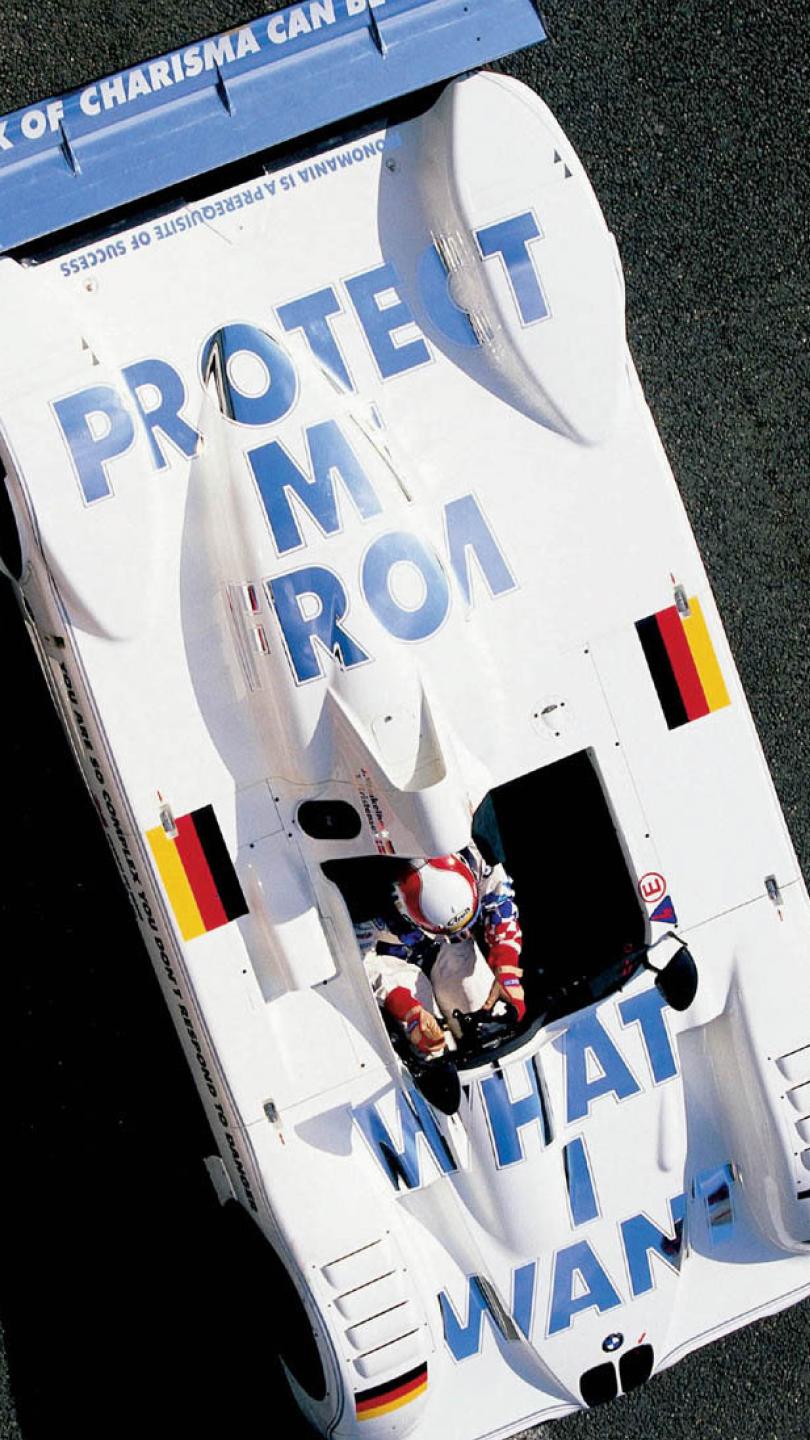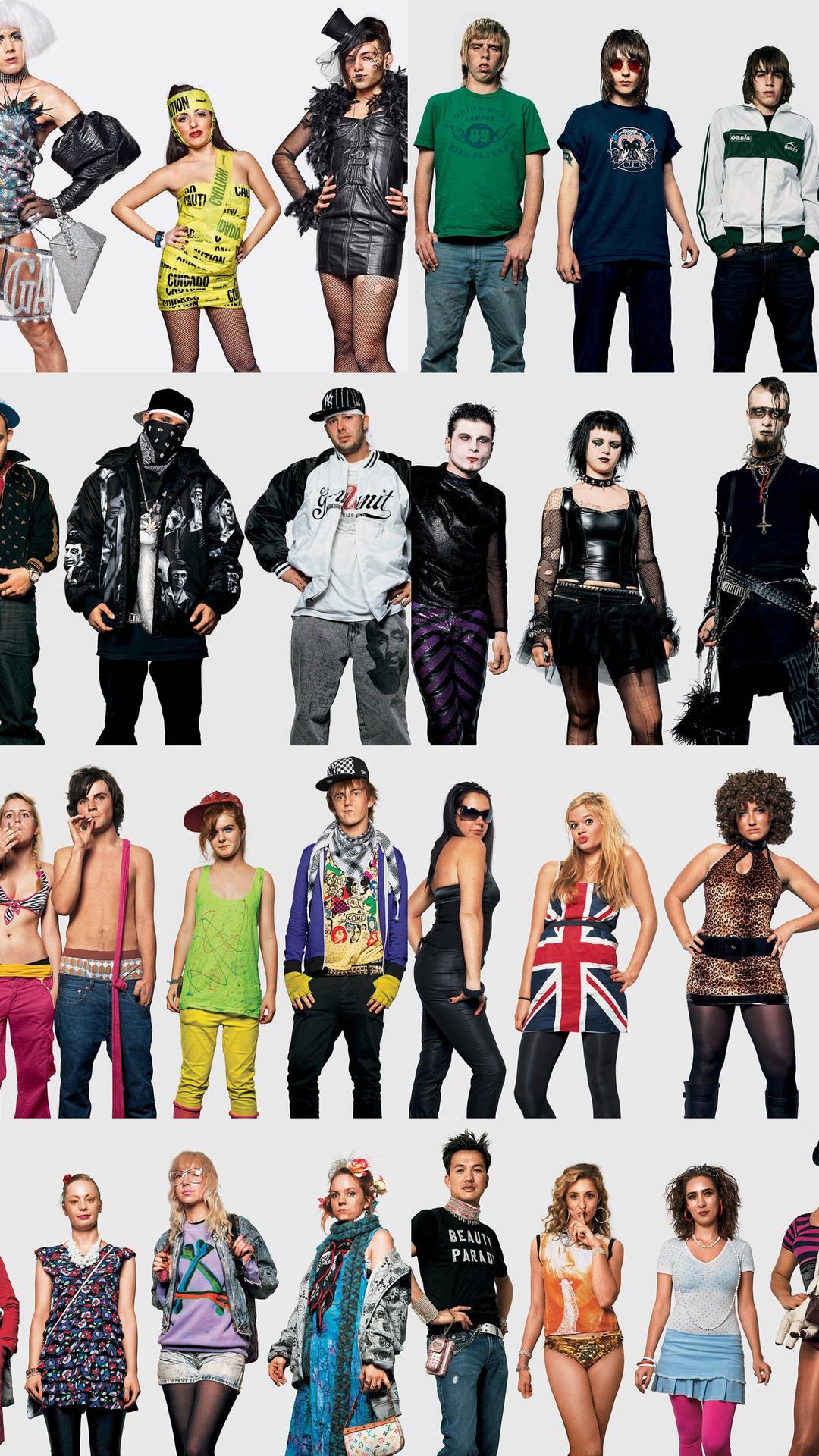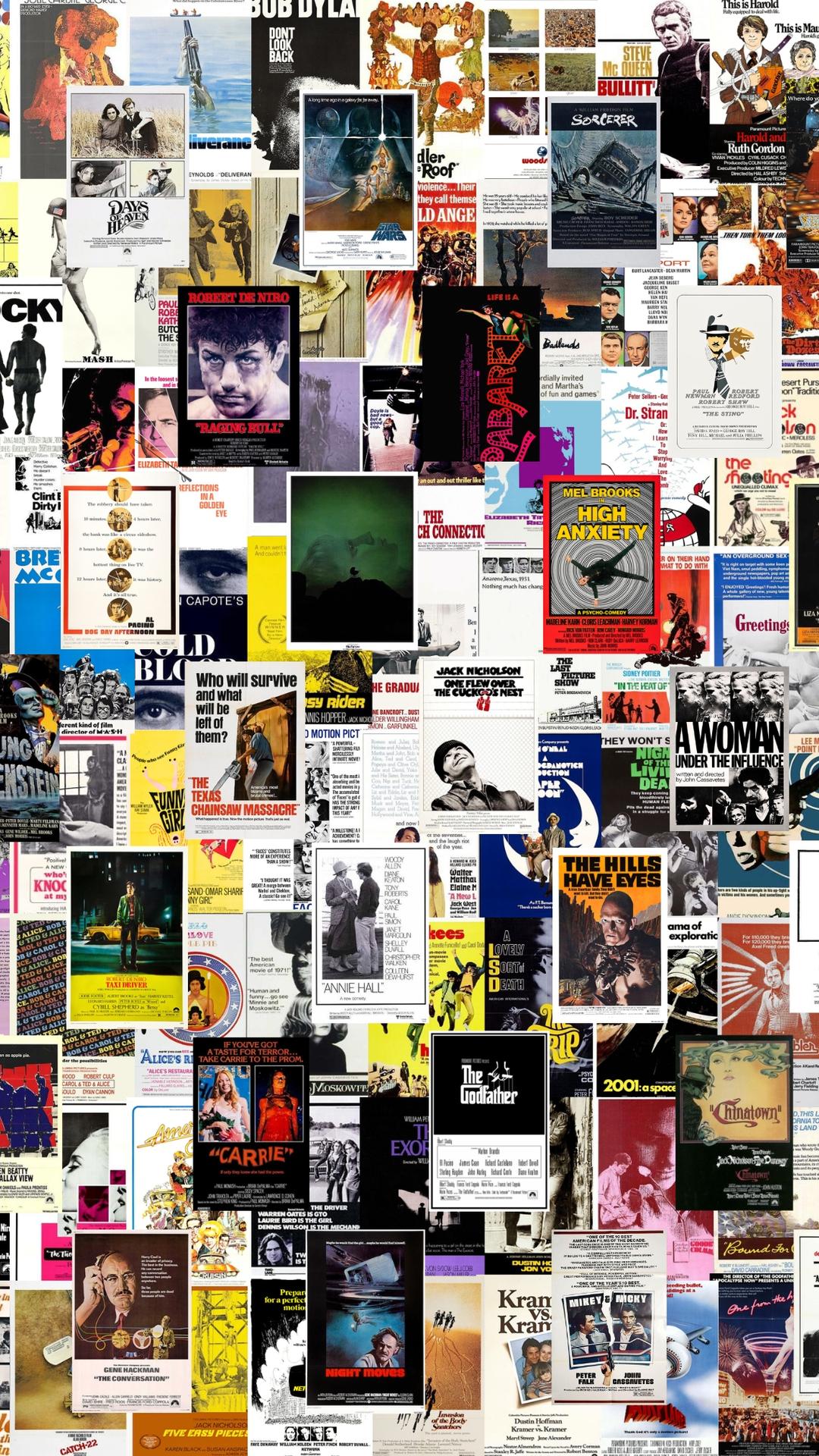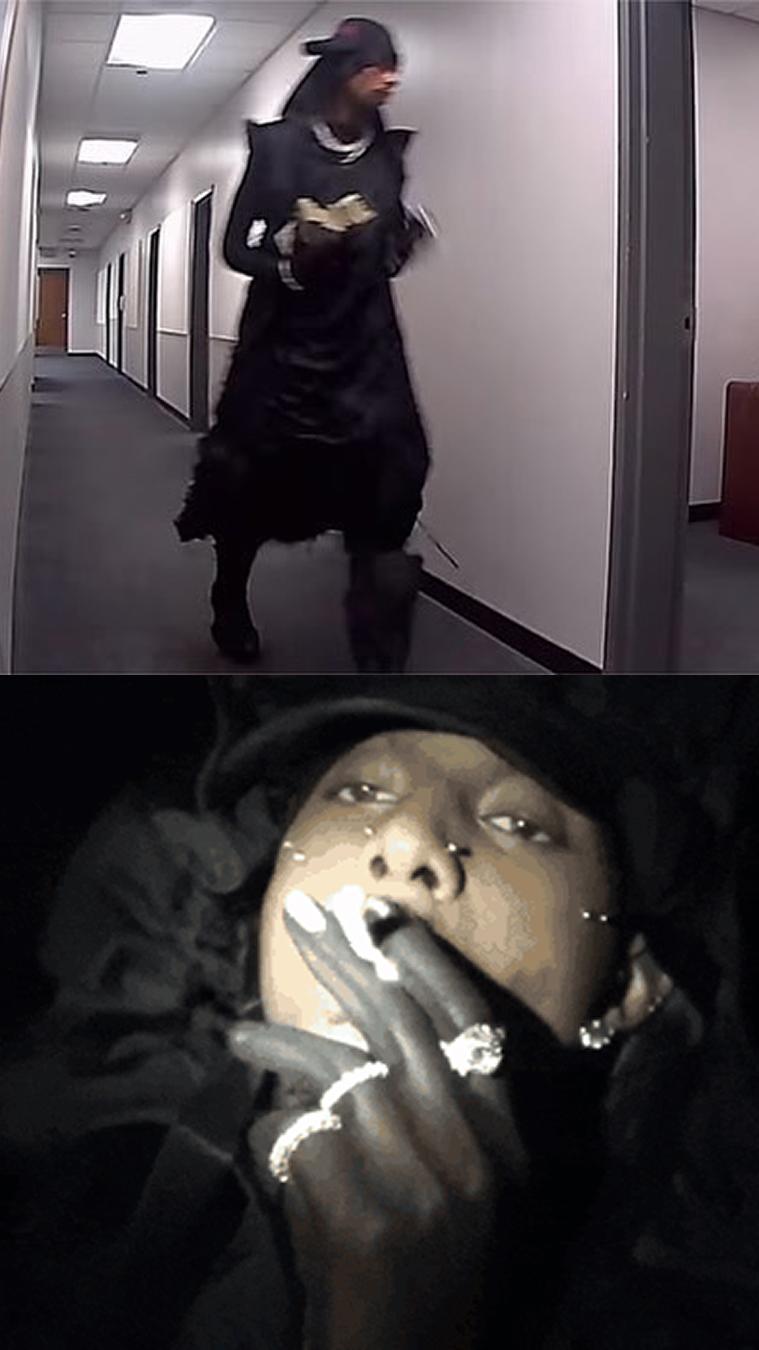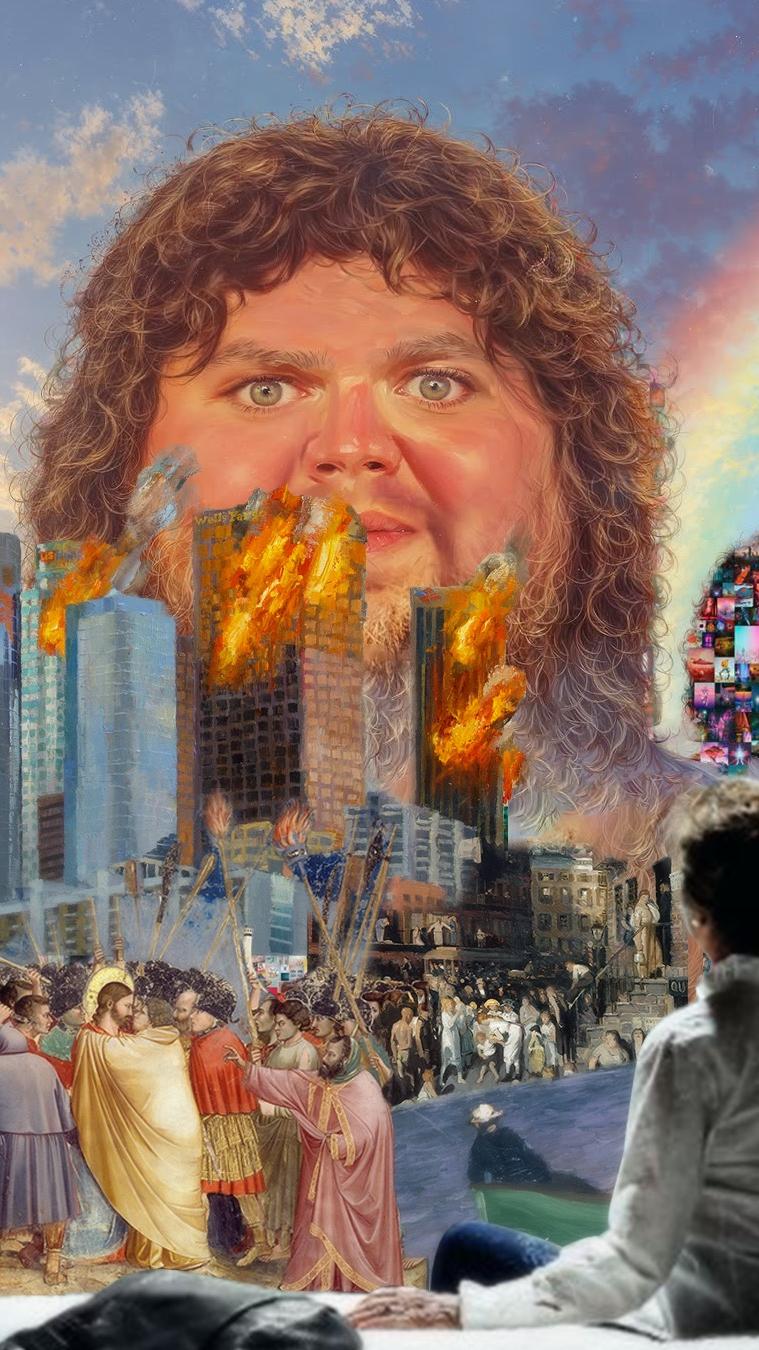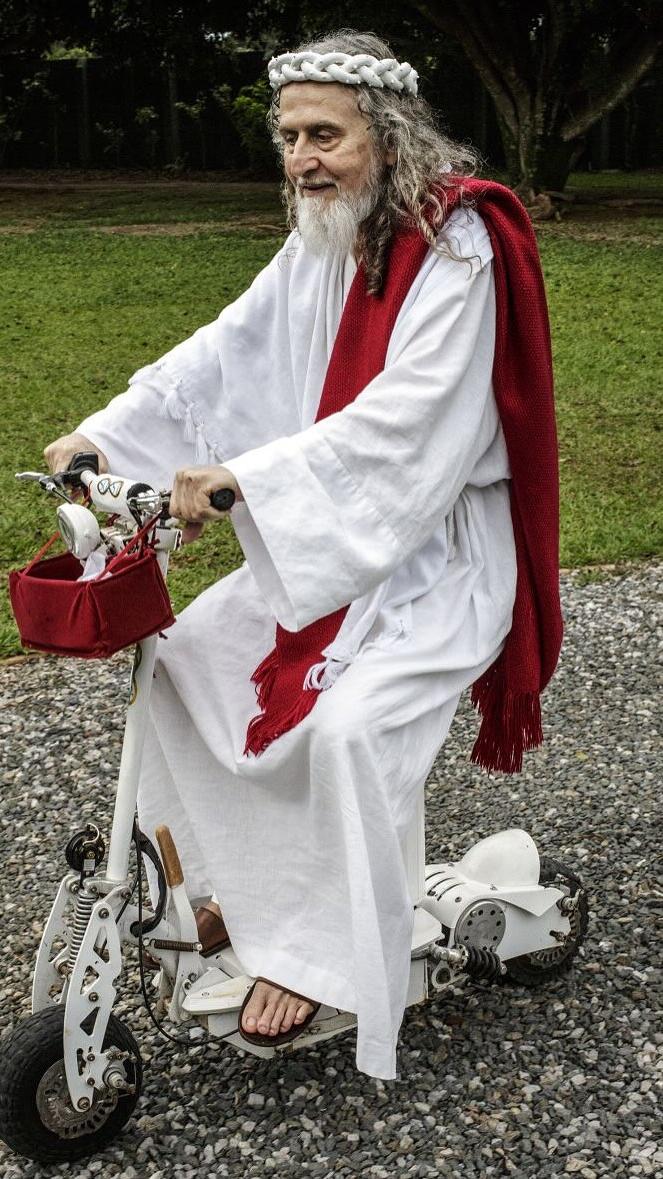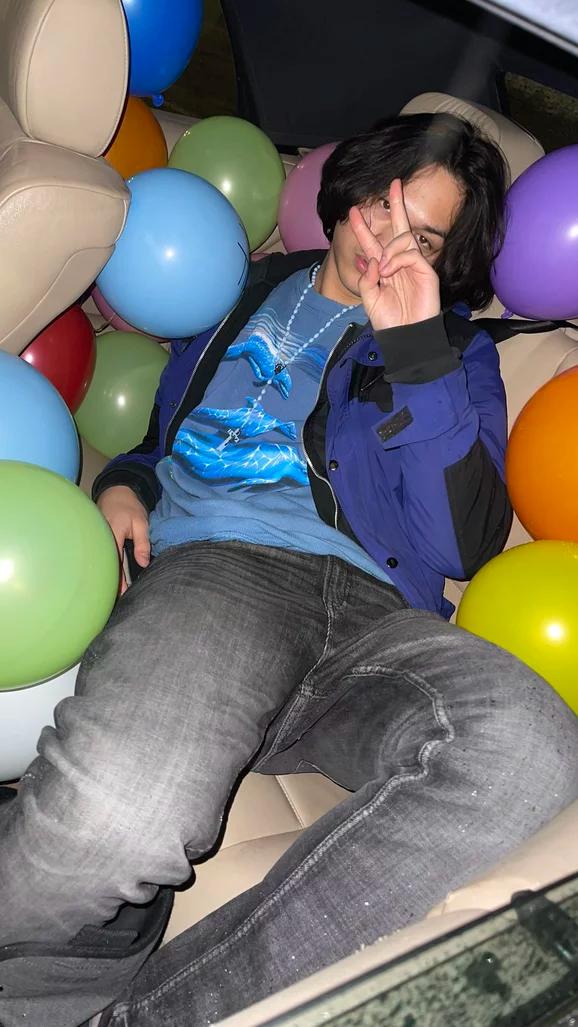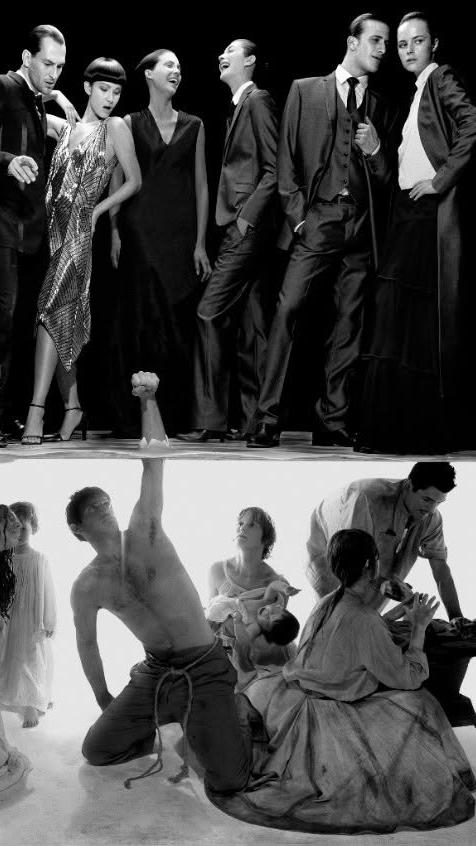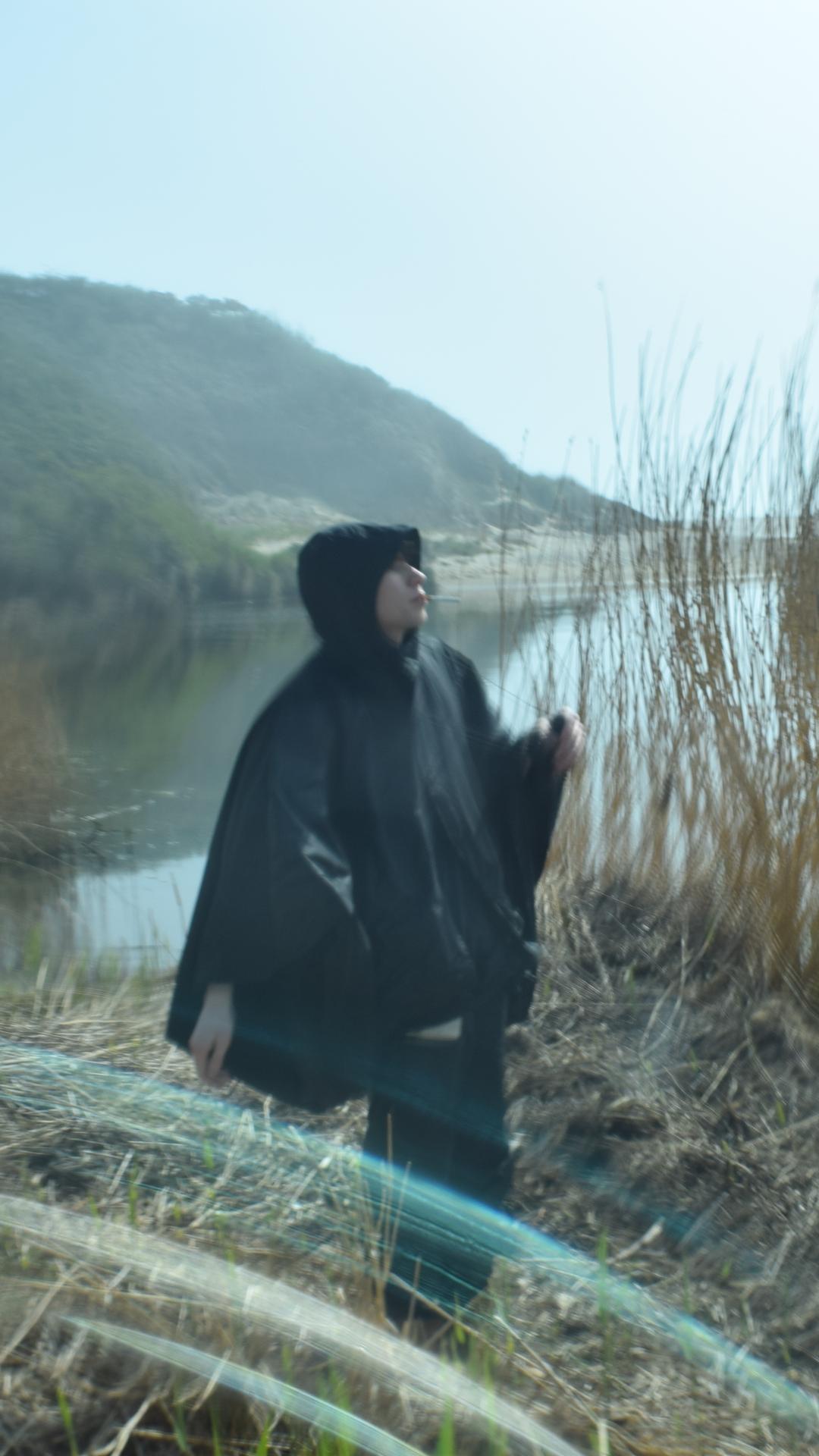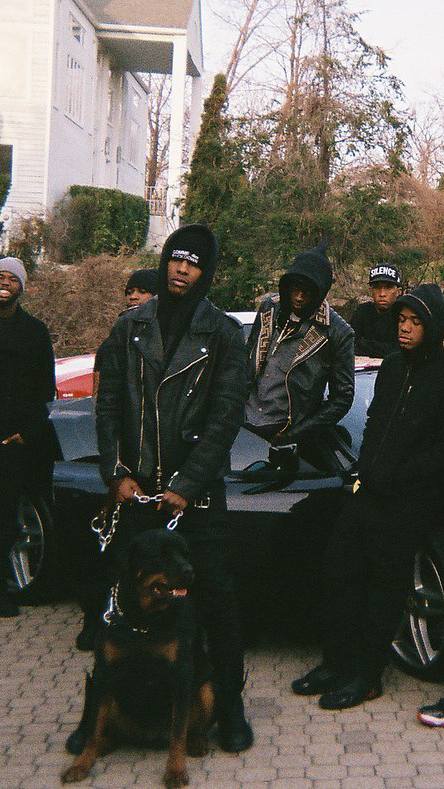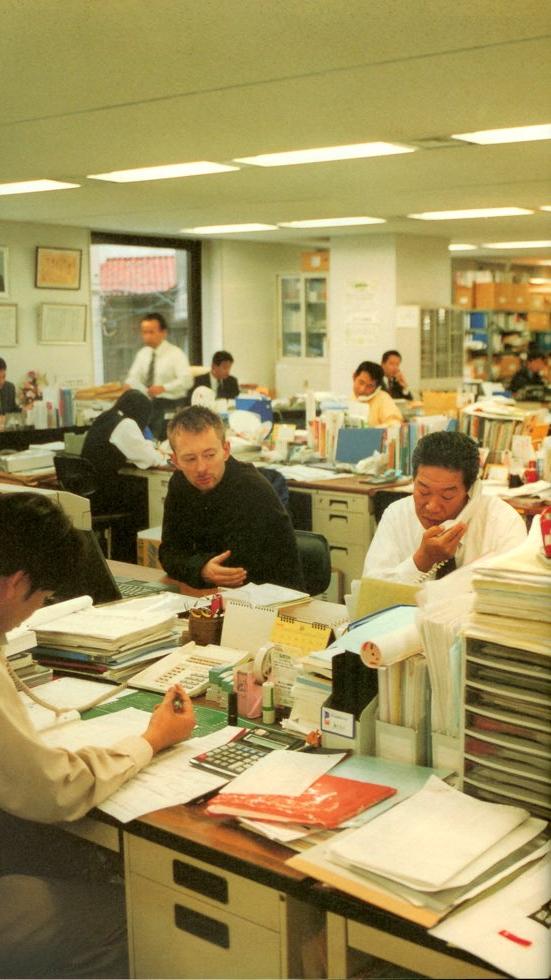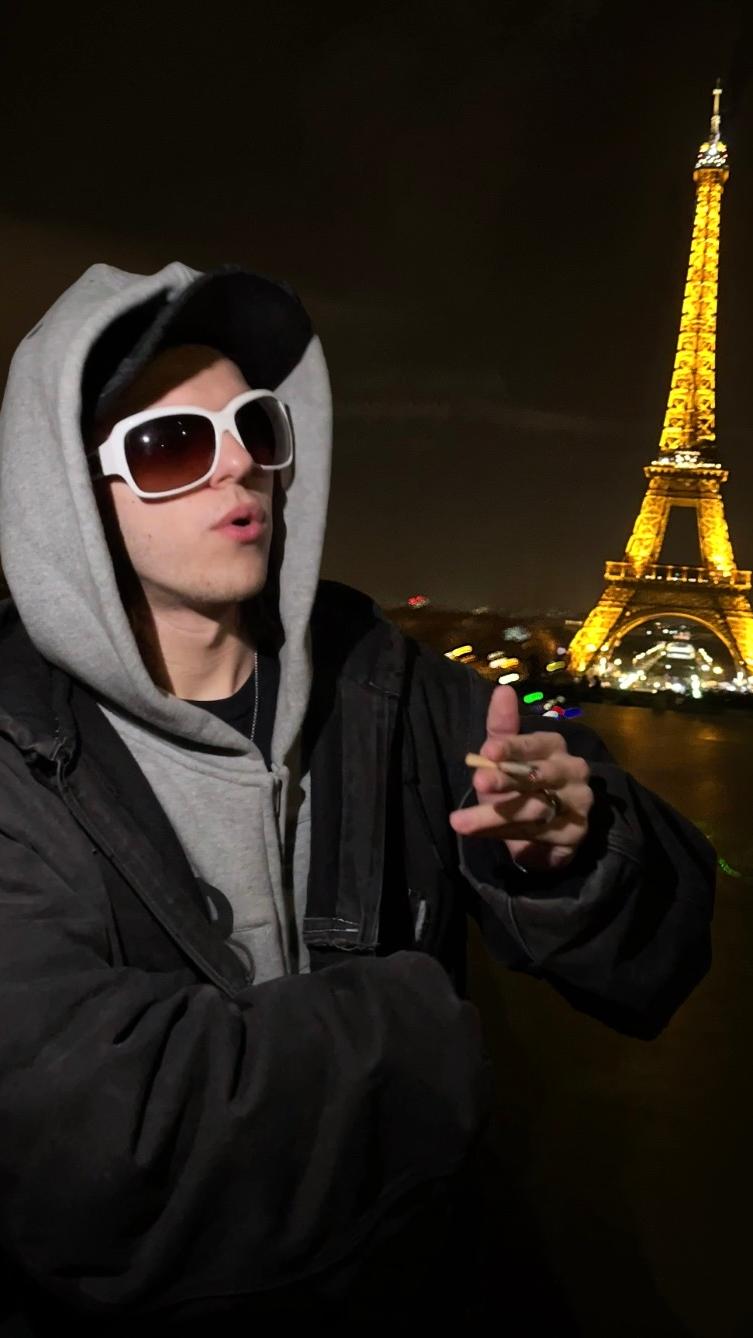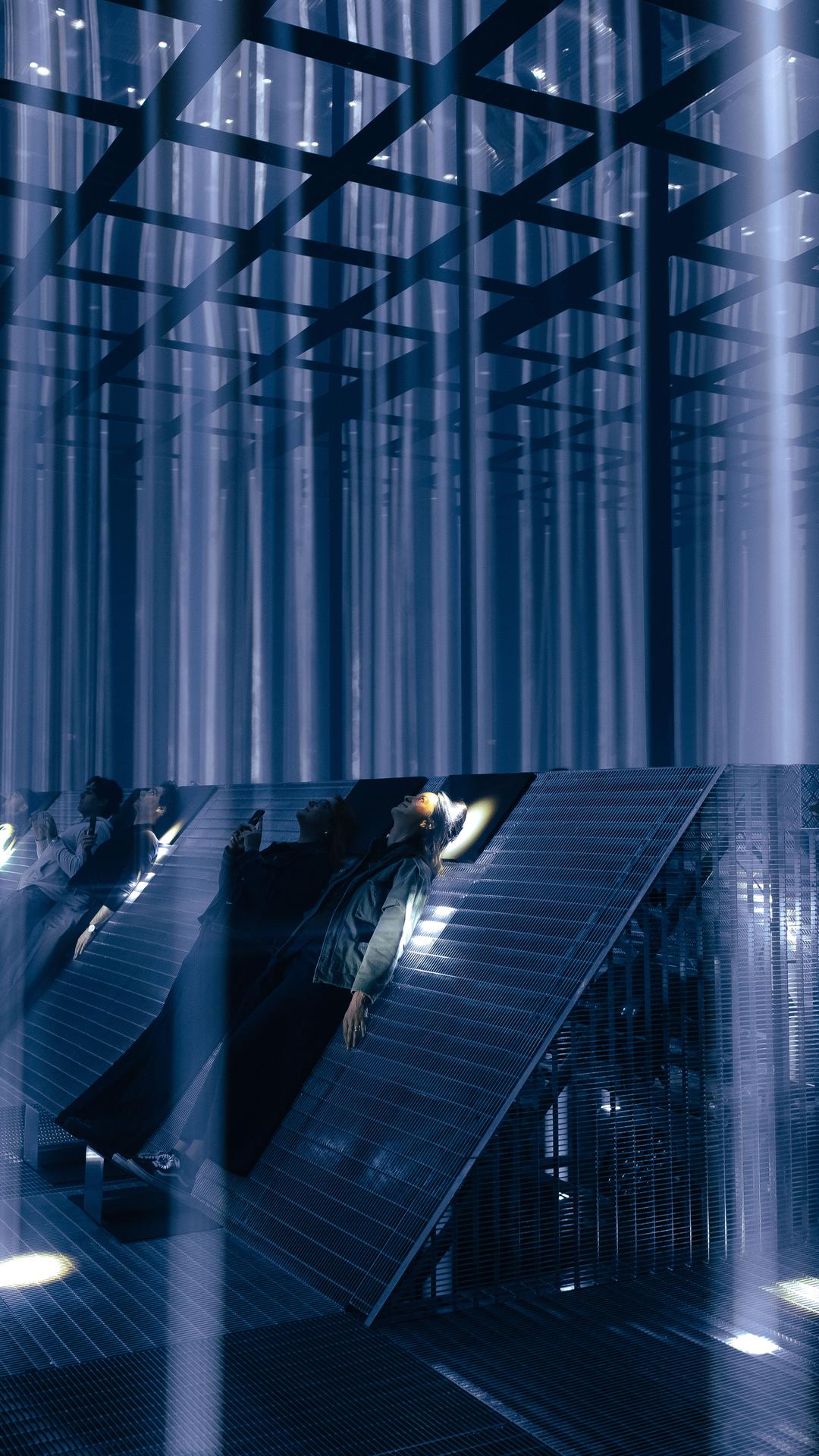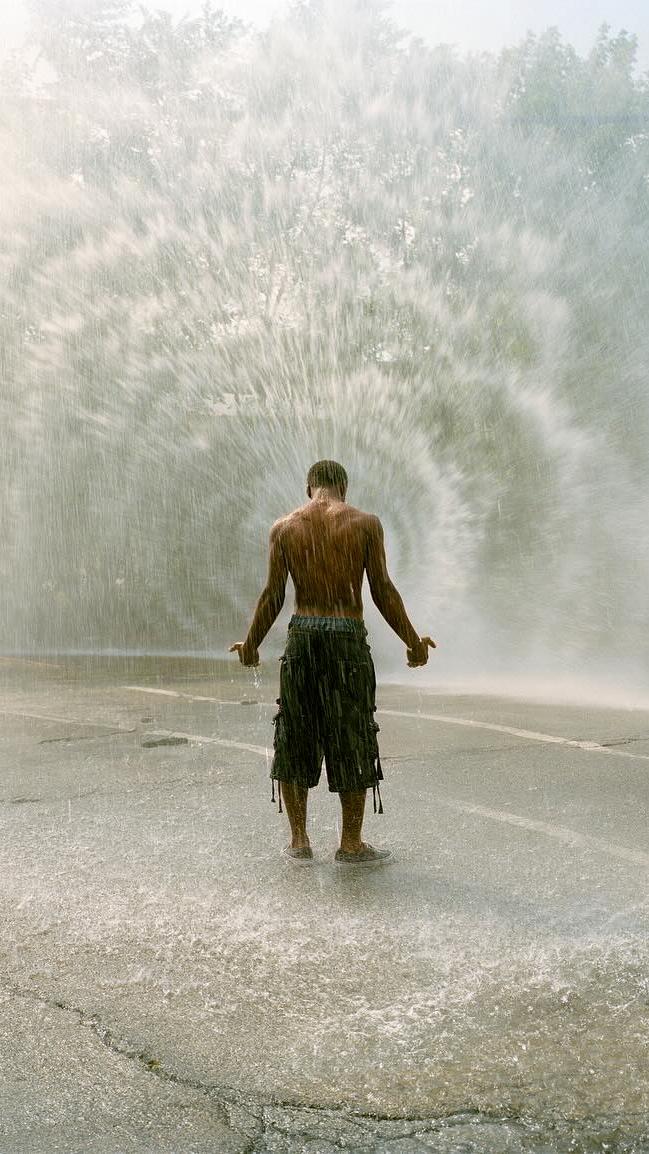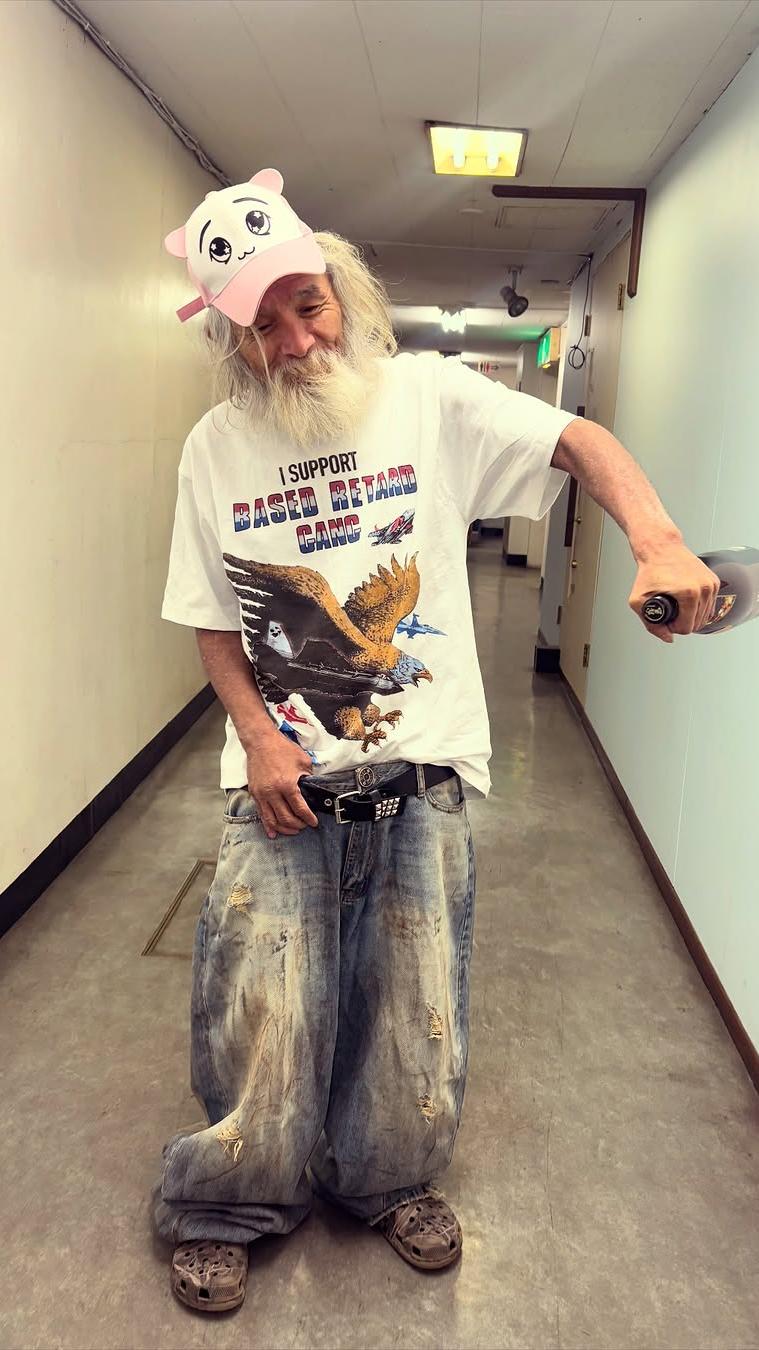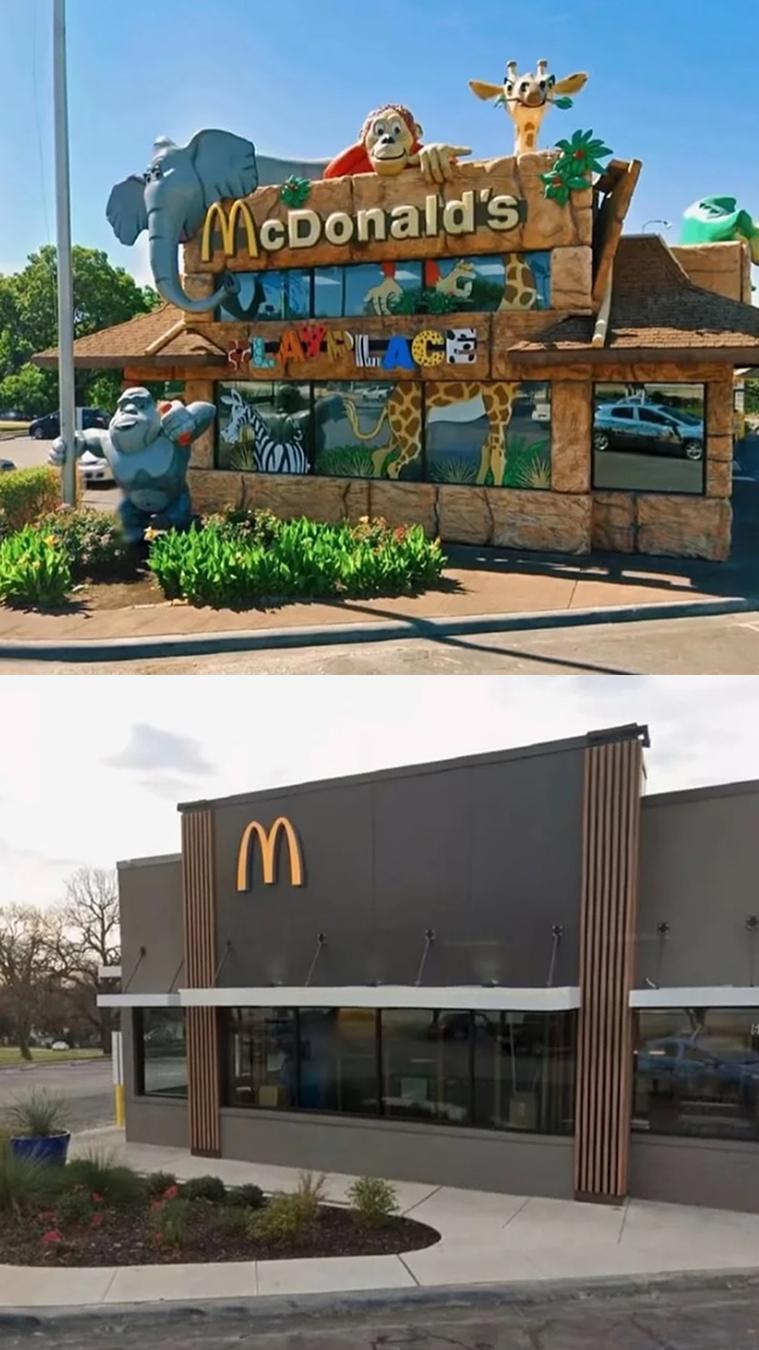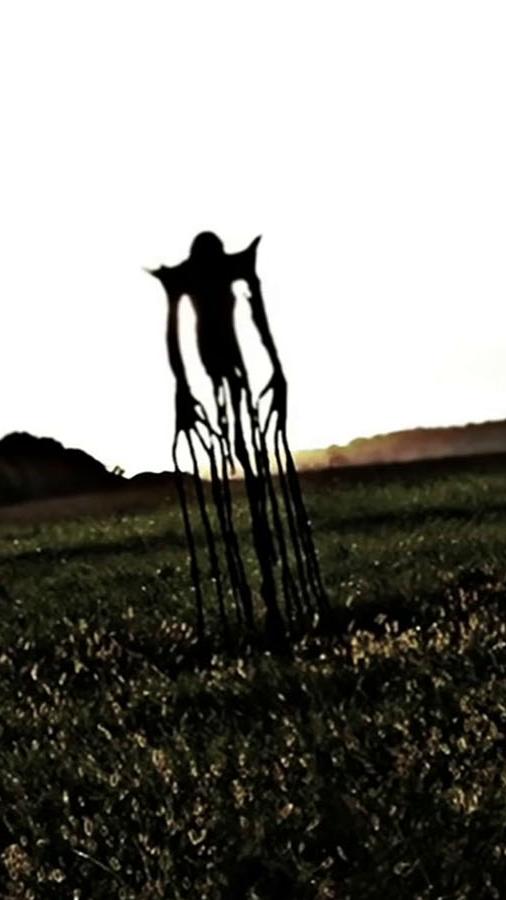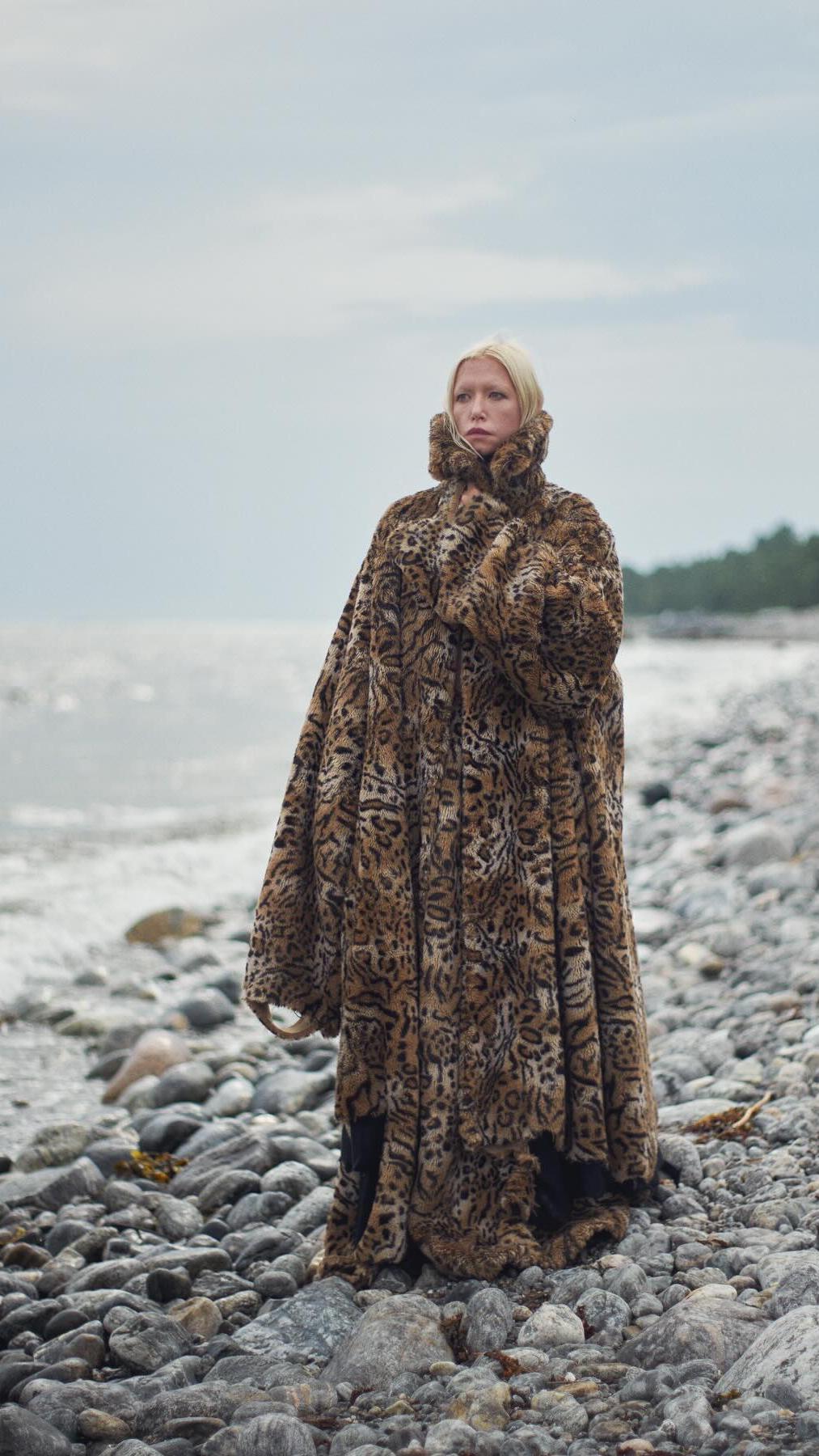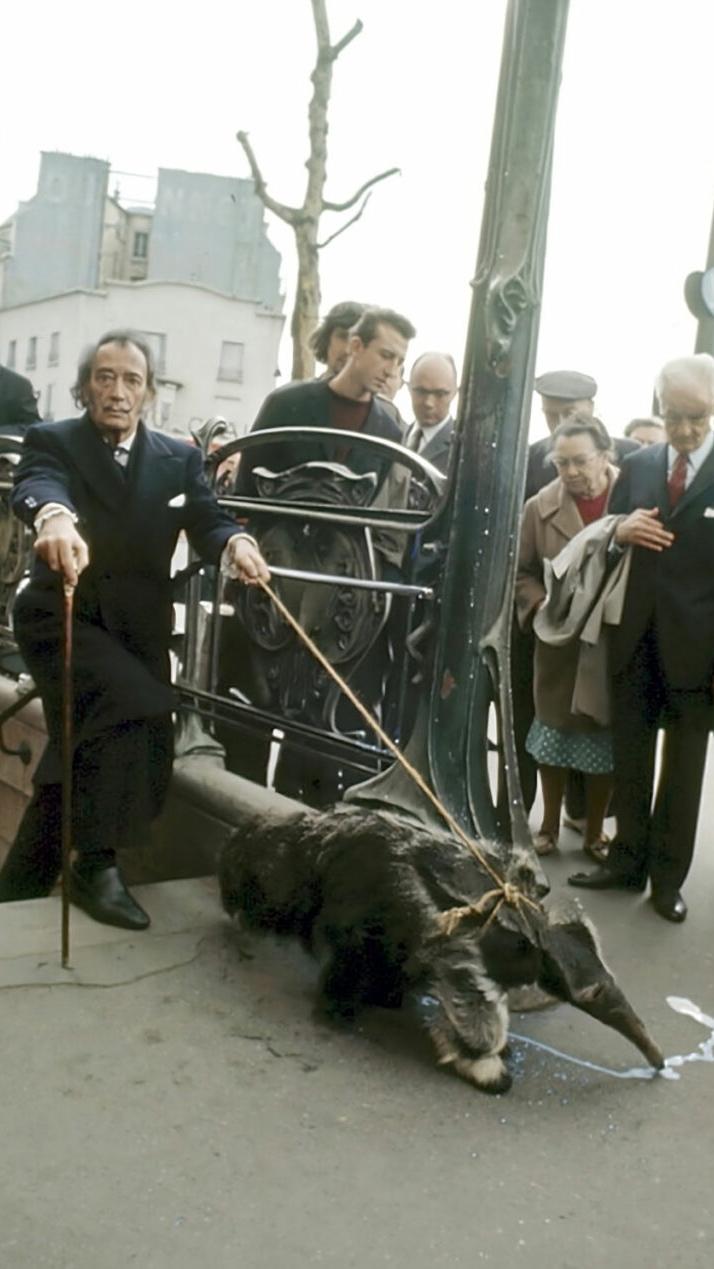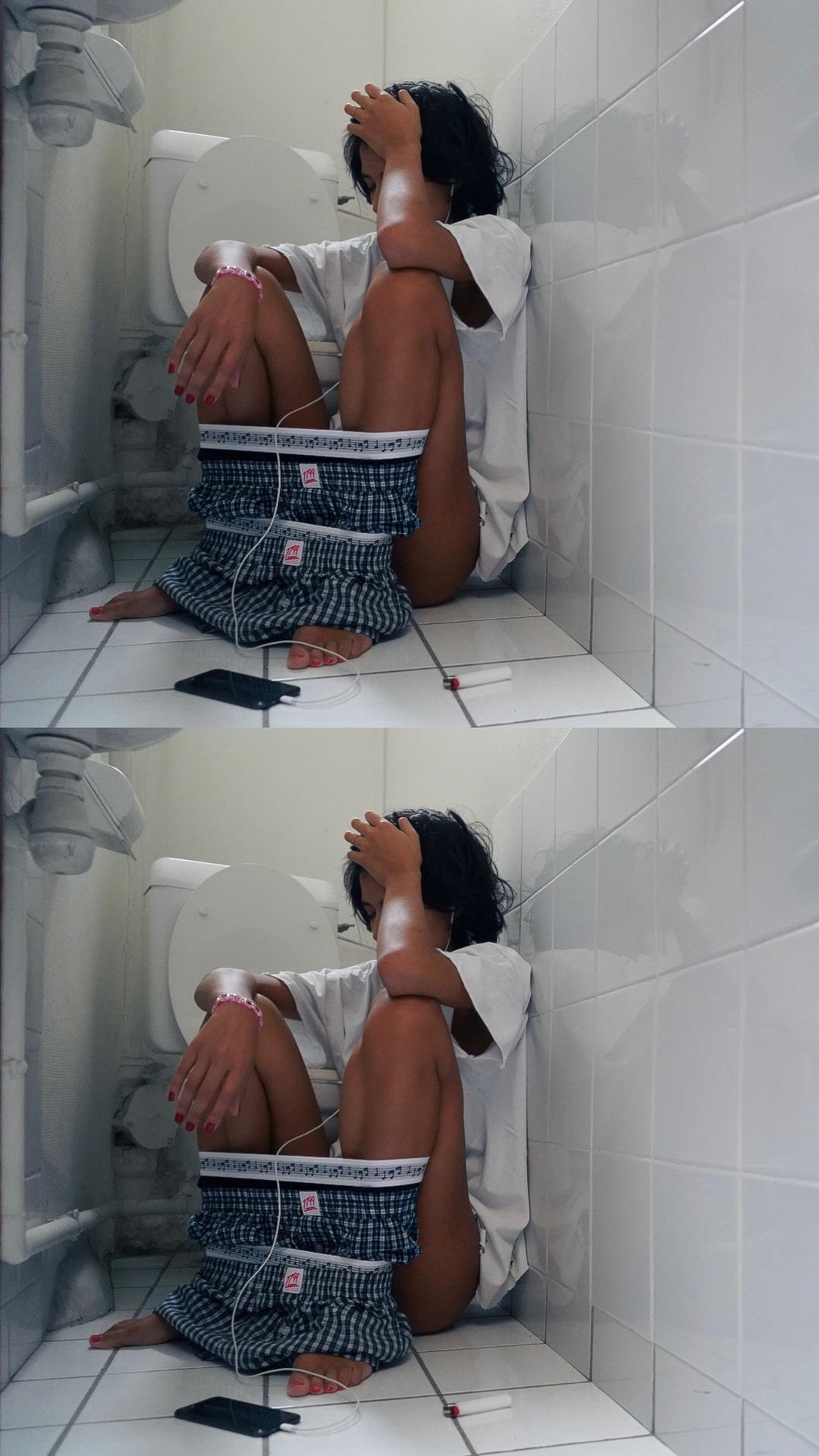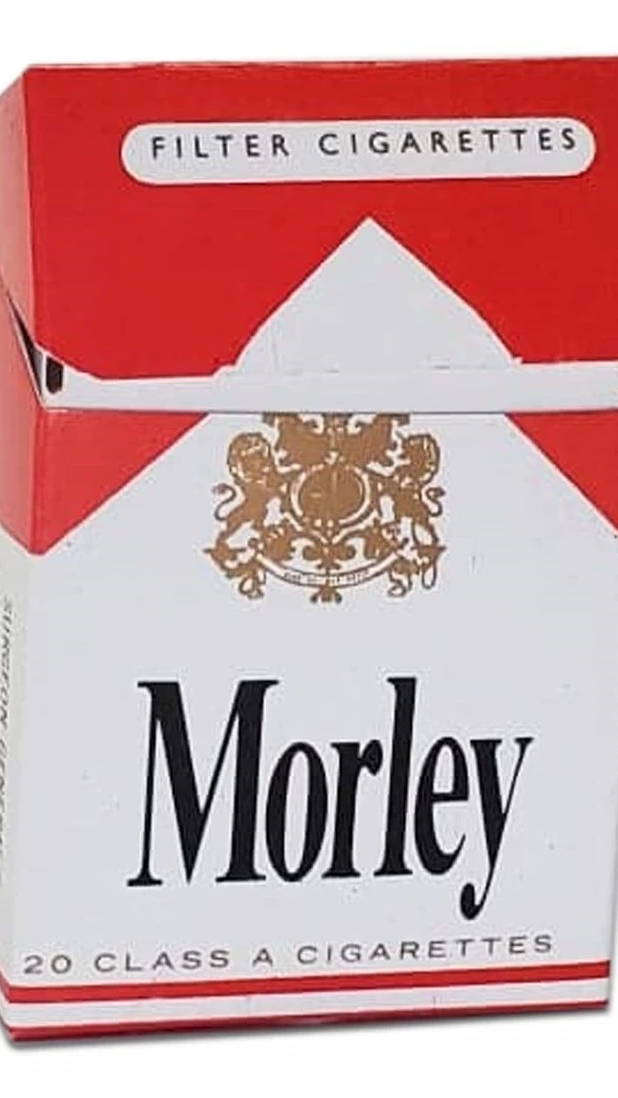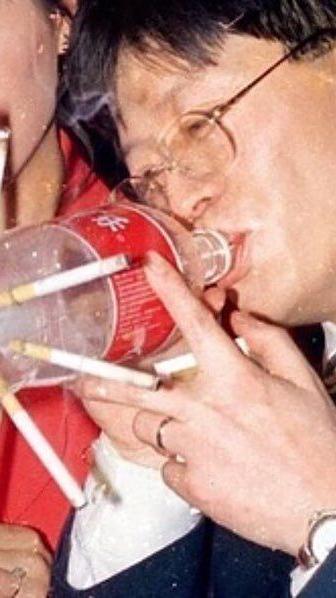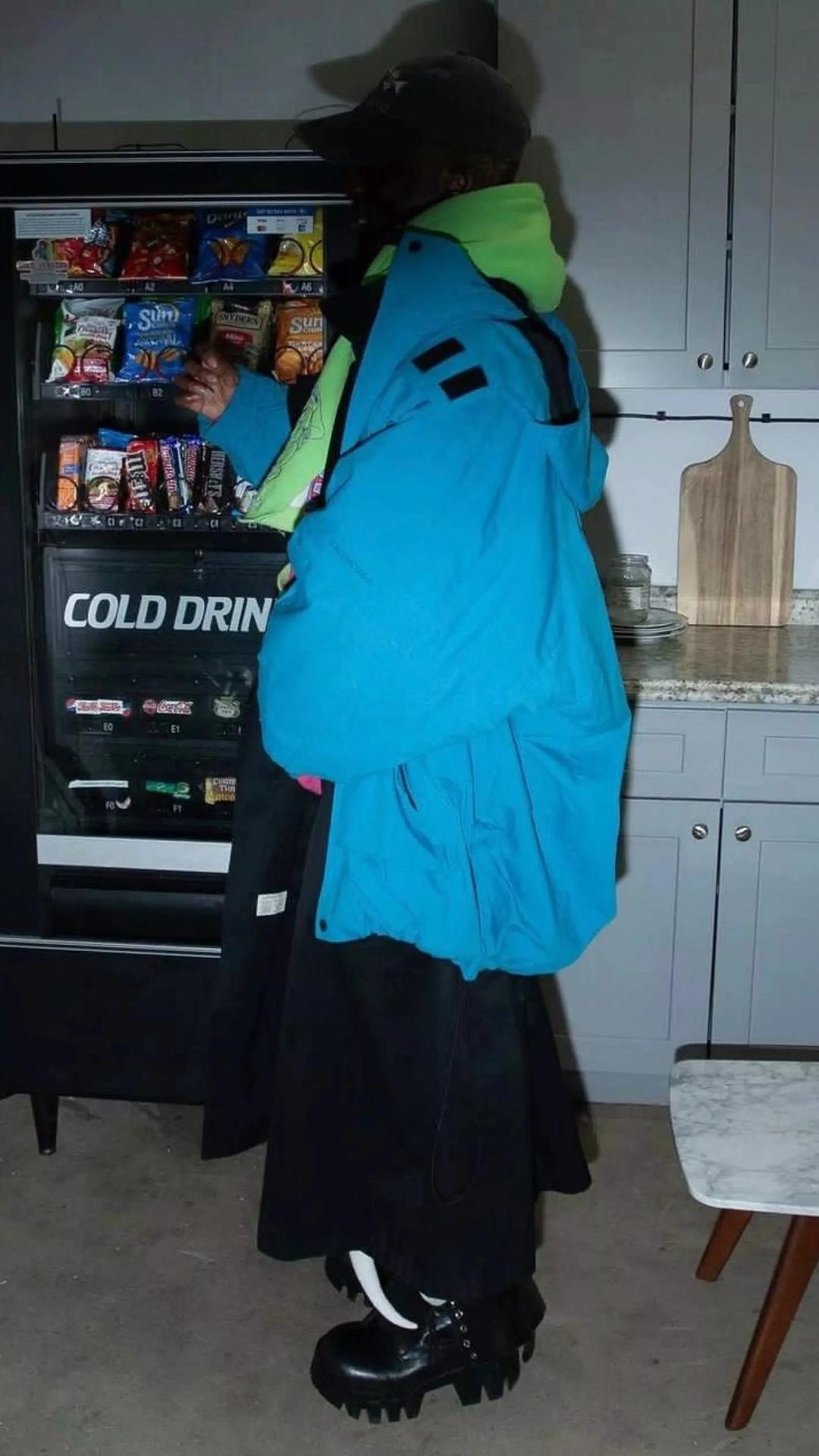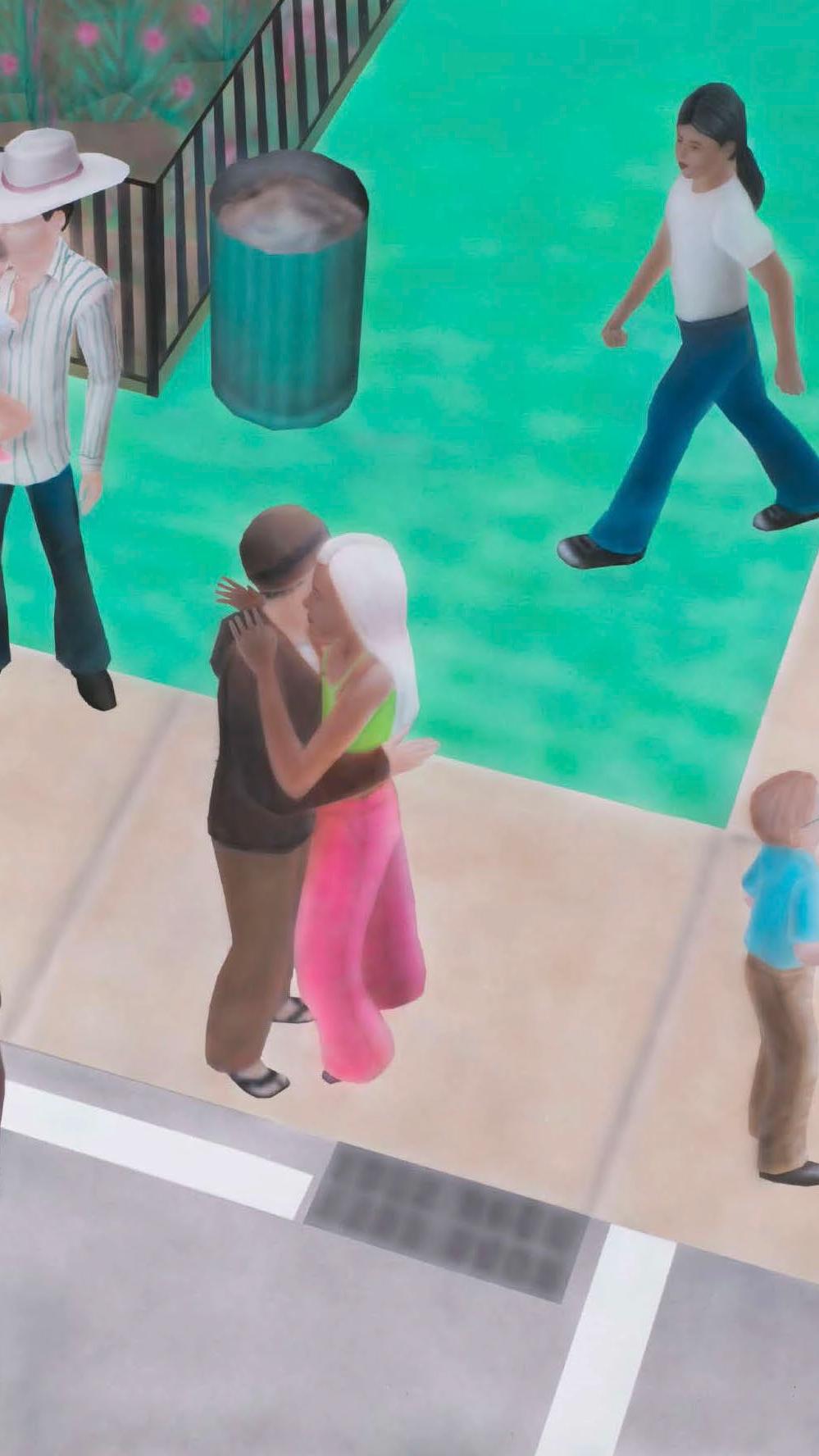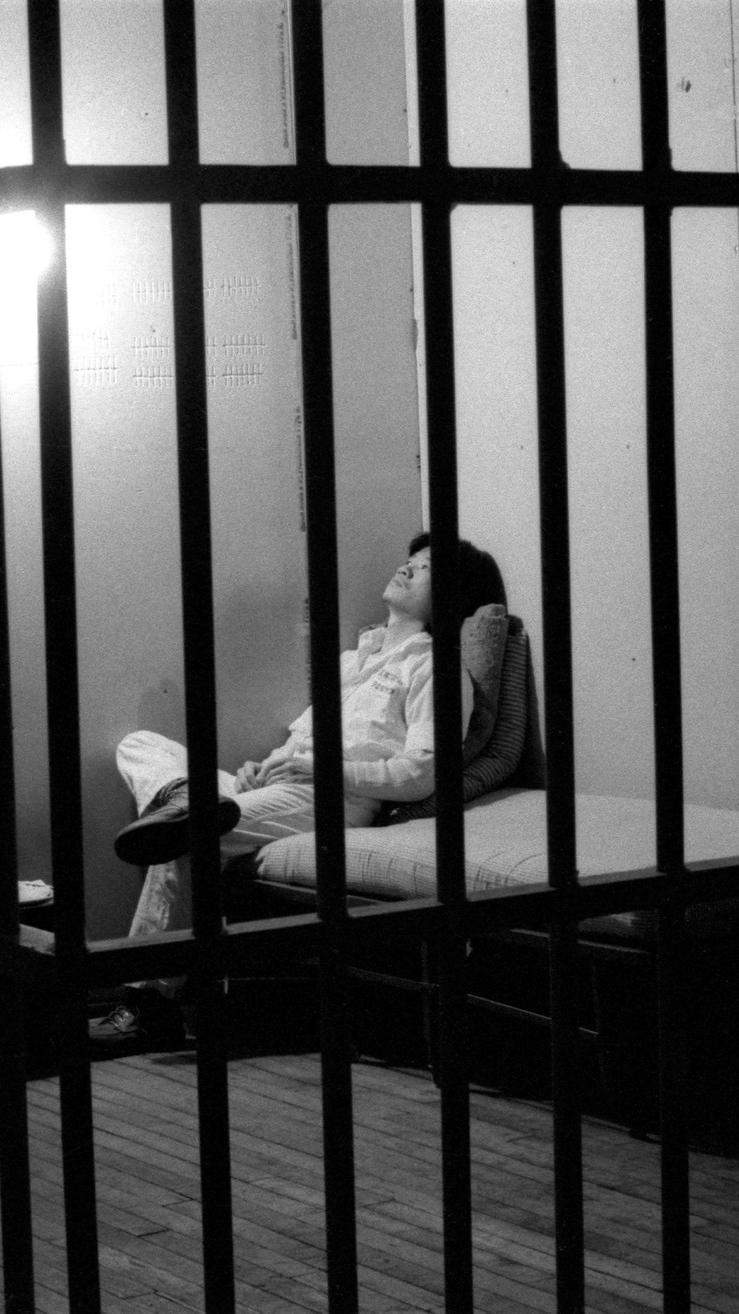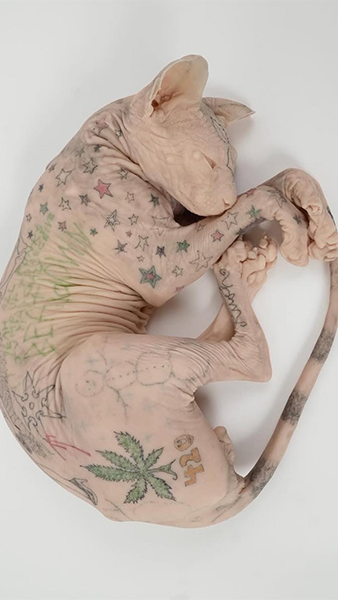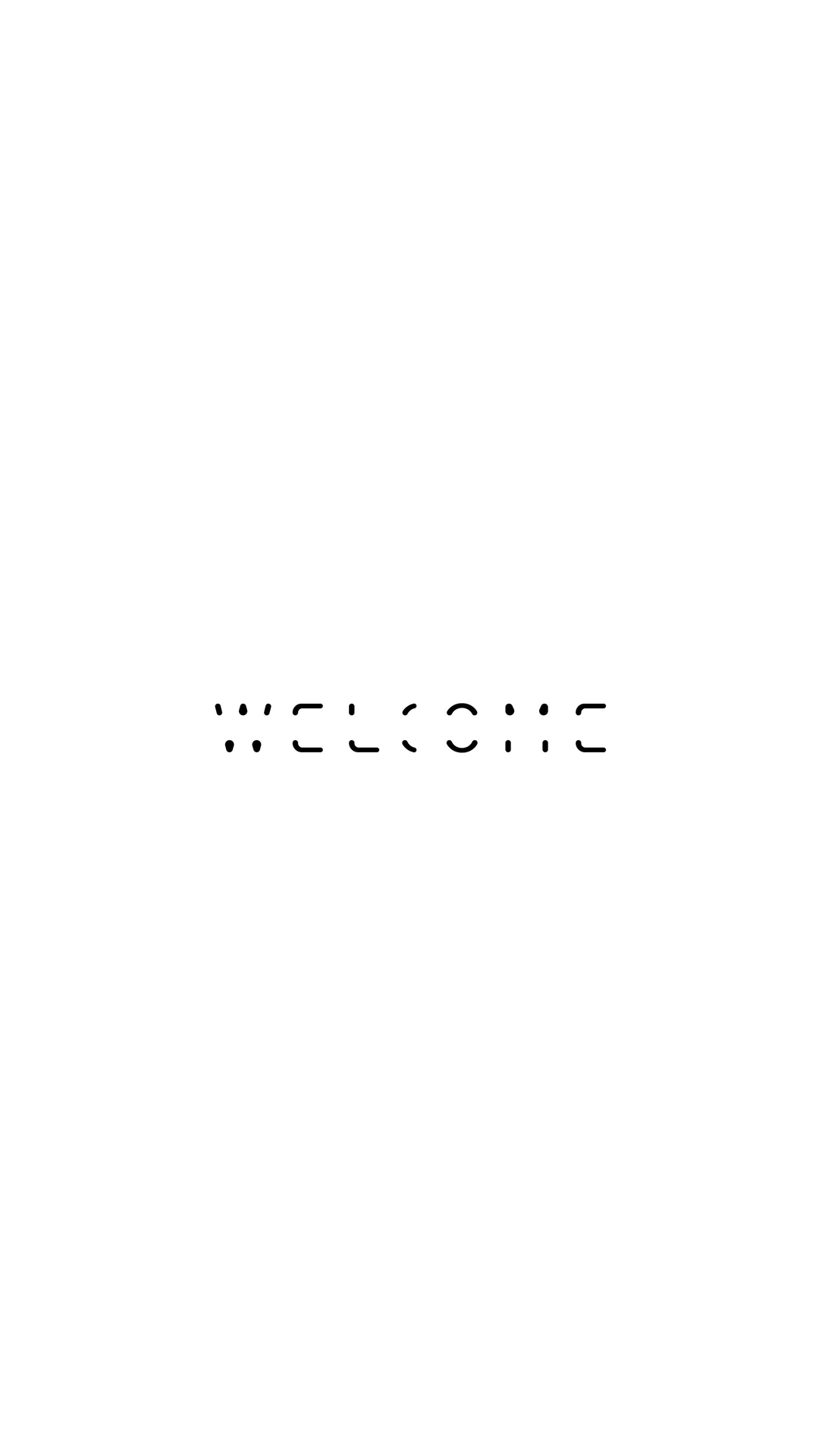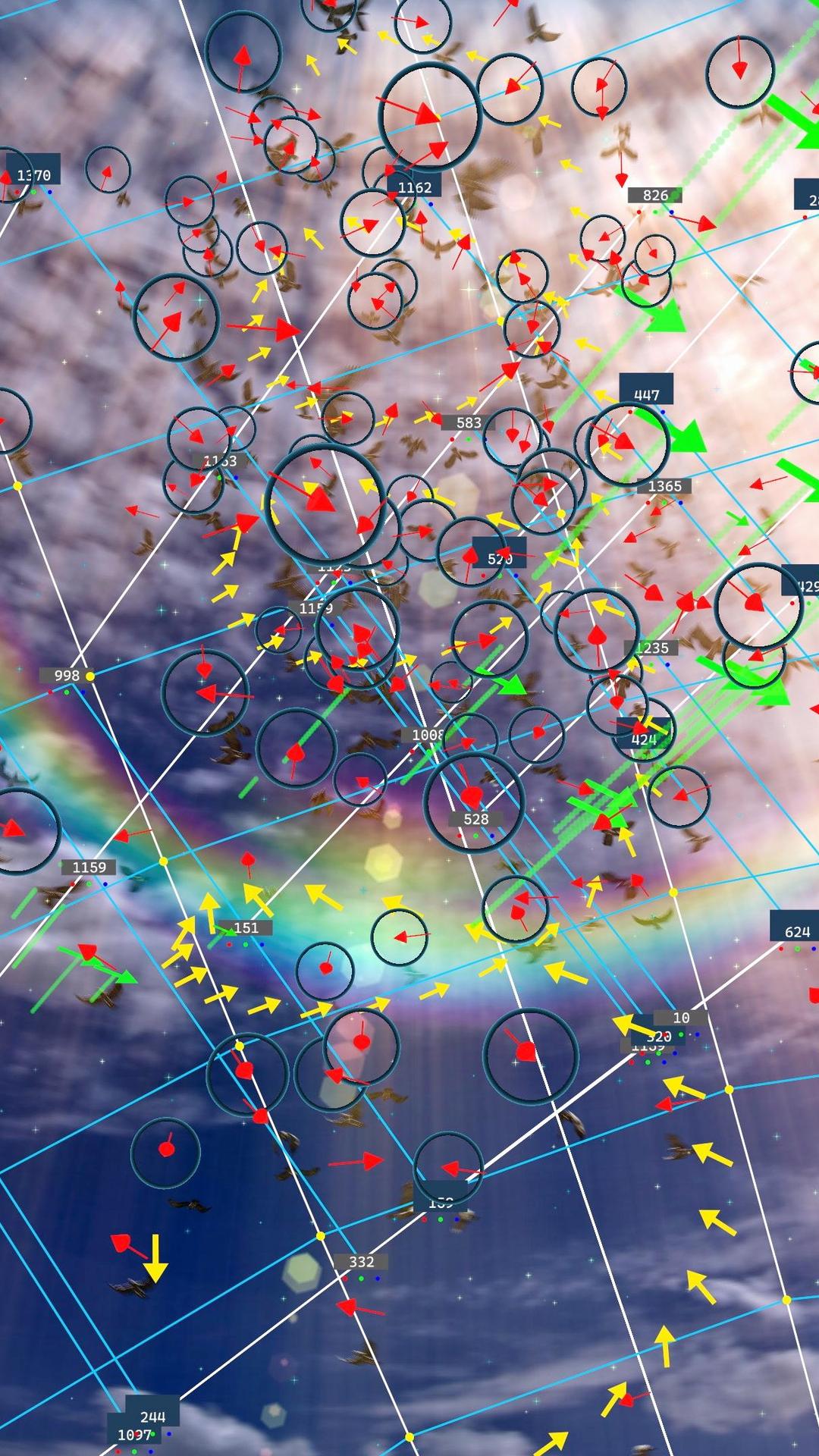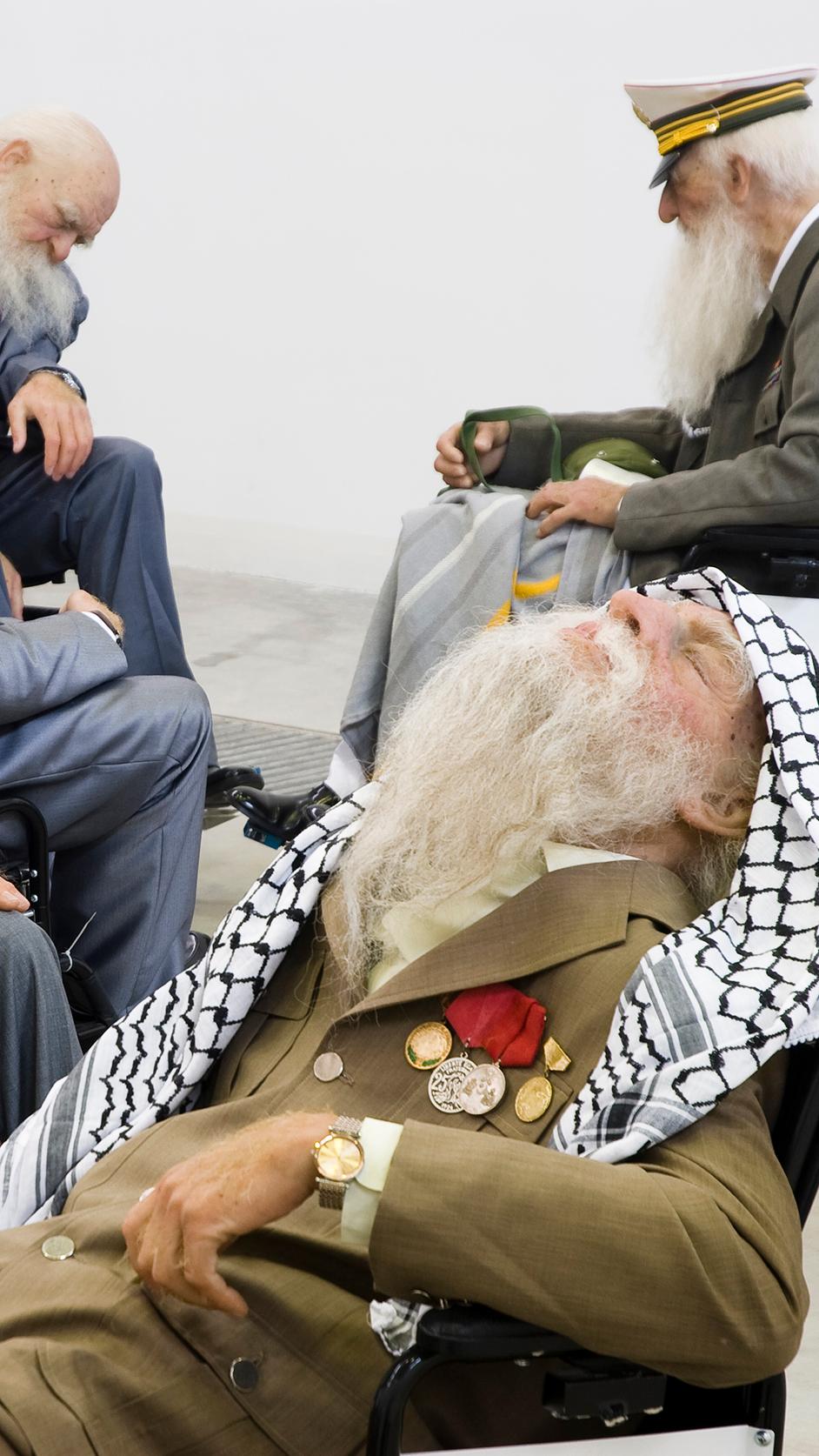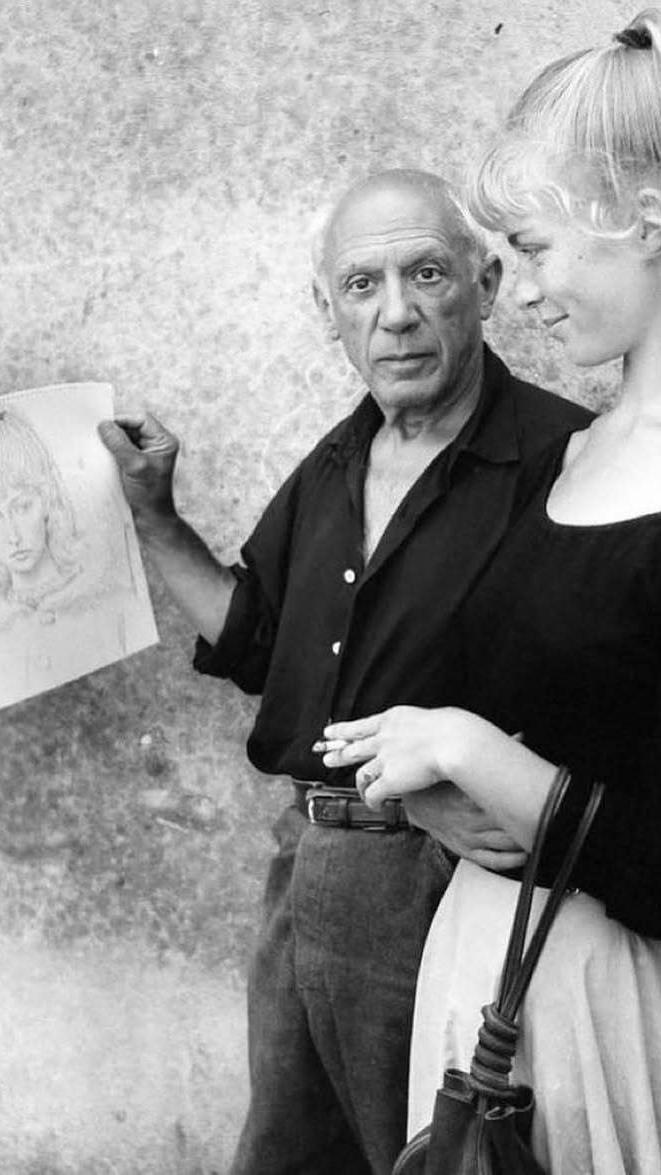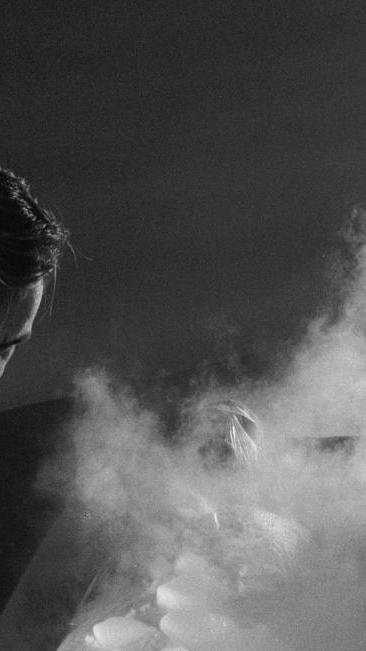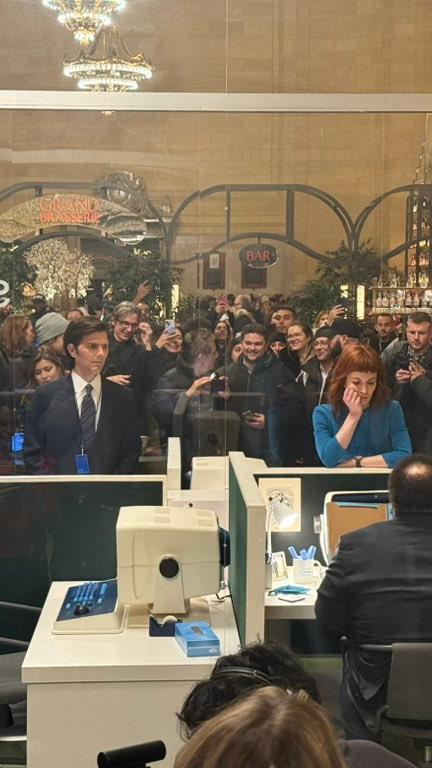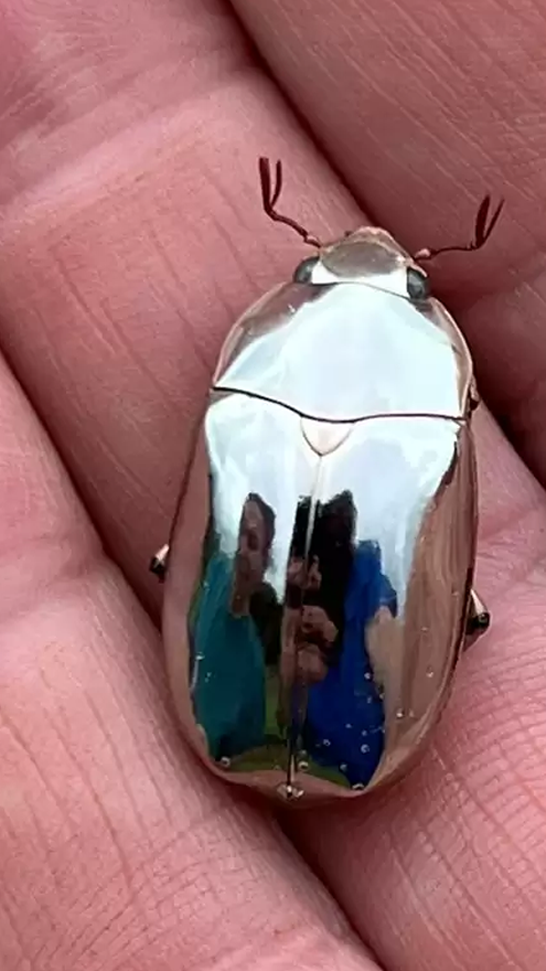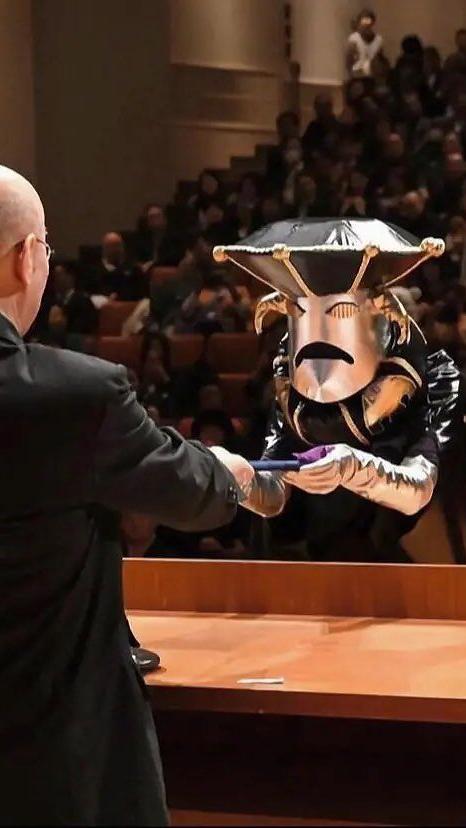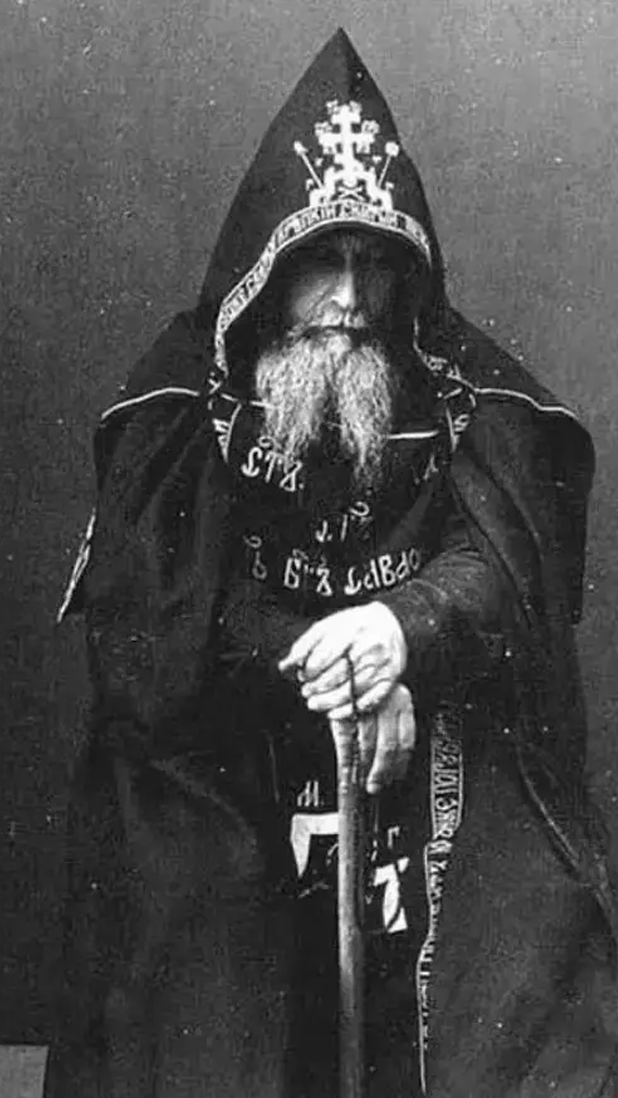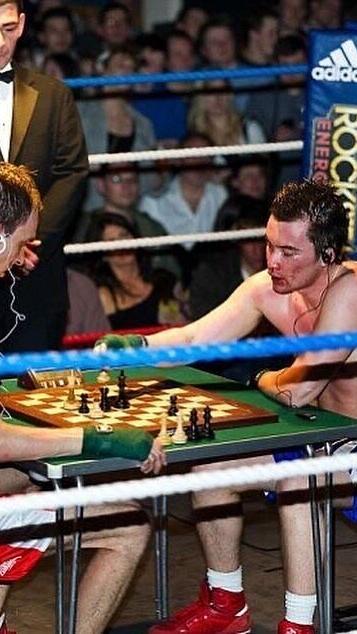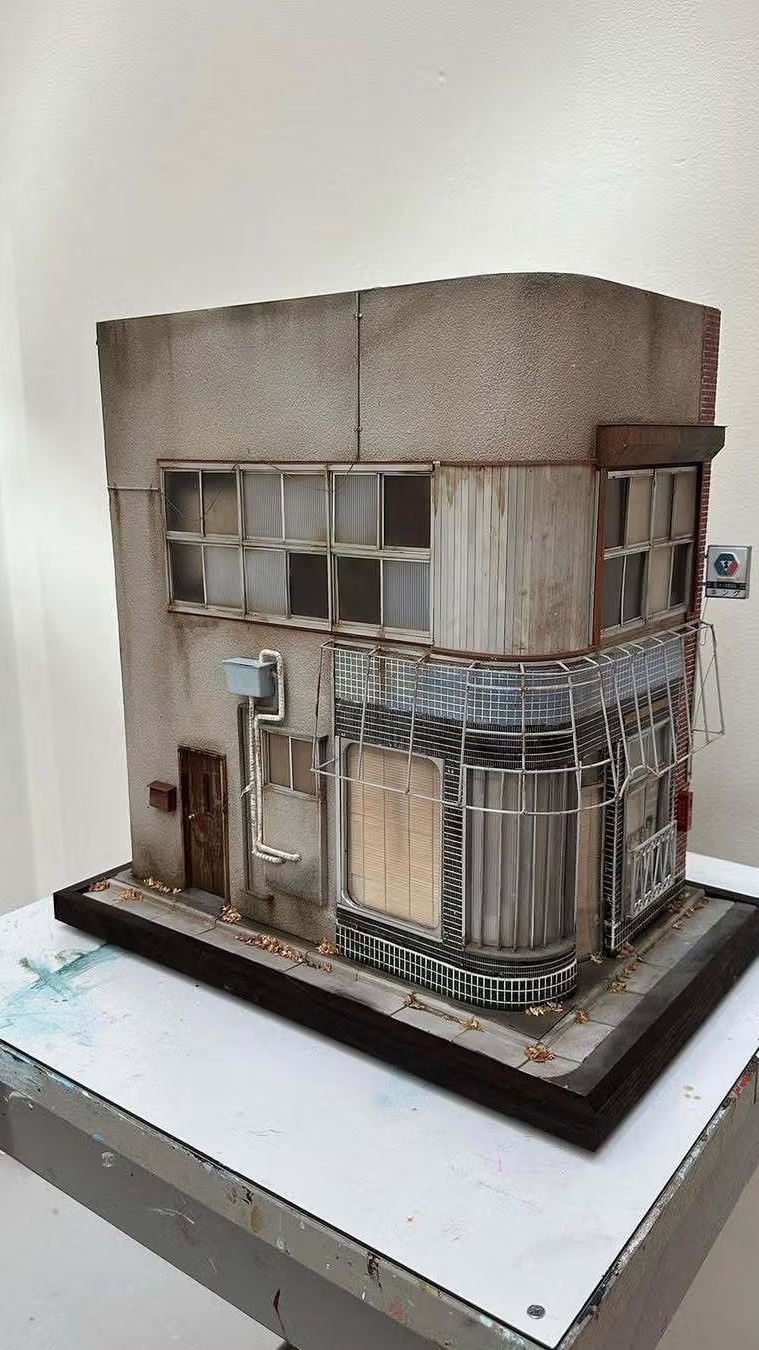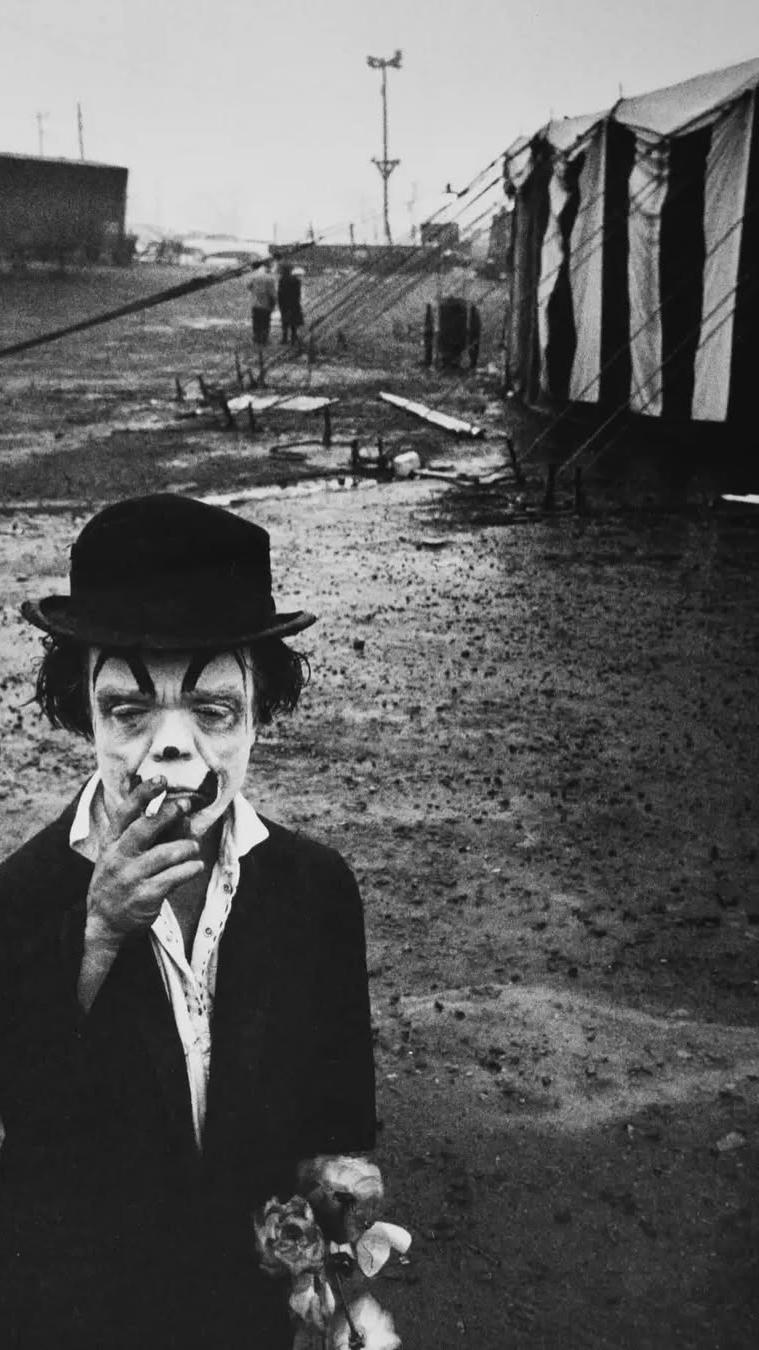The Lucy Bull Interview
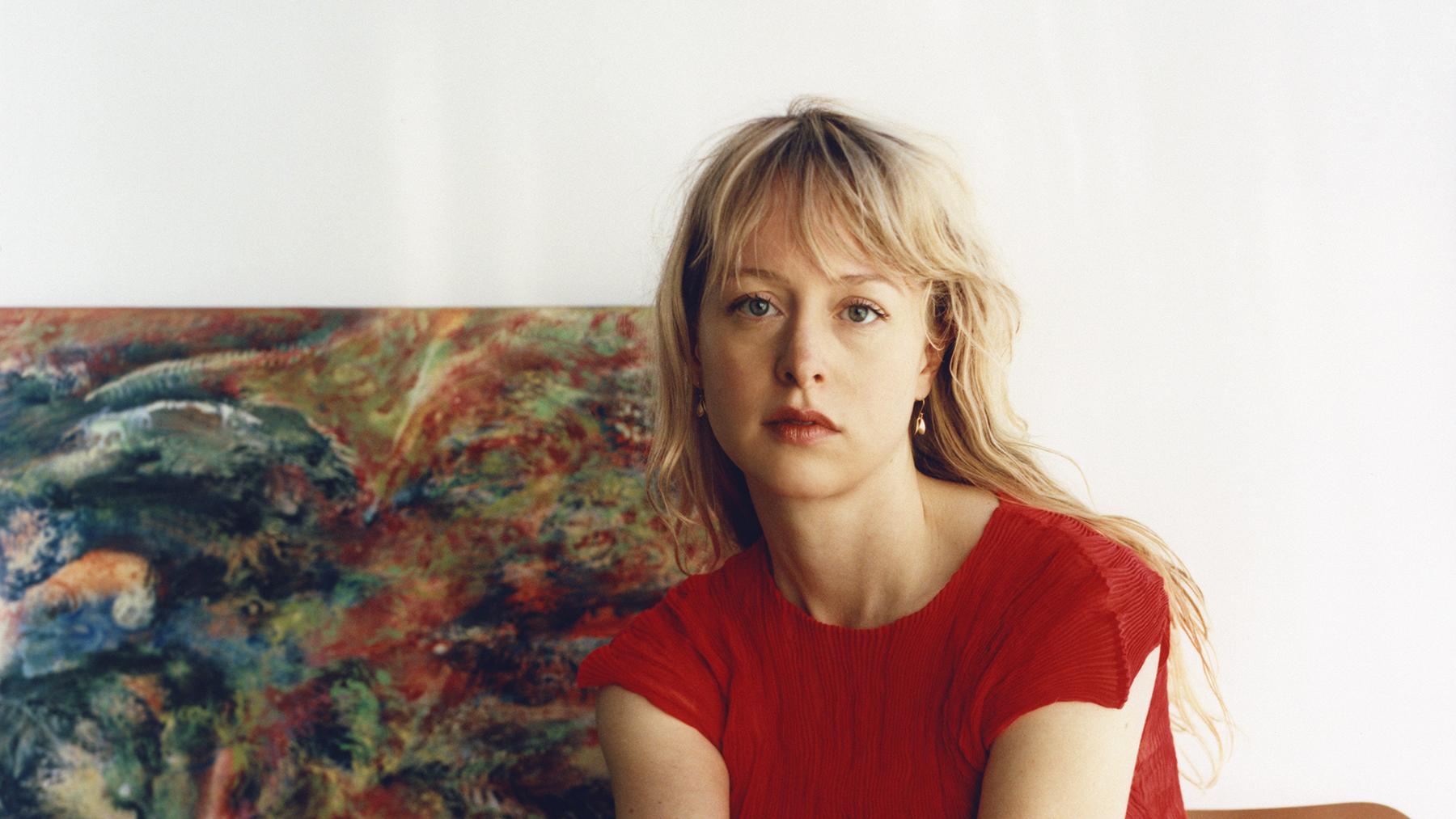
Cover: Portrait of Lucy Bull: Kobe Wagstaff, courtesy of David Kordansky Gallery
I first discovered Lucy Bull by looking up. It was 2021 on the back patio of a wine bar on Sunset boulevard and her work was on the ceiling. I was already behind. Her first major exhibition at Smart Objects was two years past, and she was a month away from being profiled in W magazine. Luckily the person I was with was not similarly limited, and that night I learned of a new artist.
Since then I have learned a number of additional things. Lucy Bull primarily works in oil on linen. She is represented by David Kordansky gallery. She splits time between New York and LA. Her works, which one struggles to definitively call abstract (a strength), are easy to look at for a very long time.
![[object Object]](https://cdn.sanity.io/images/7hyzopih/production/8b87d8d21e64c22e3b7b9e76ac3315b69c3fdace-7239x6315.jpg?auto=format&fit=max&q=75&w=3620)
13:22
The Art World has also learned a lot about Bull in the last four years. She’s been showing consistently since that Smart Objects show. In December 2024 her first US Museum Exhibition at ICA Miami opened.
In an artistic environment where art itself often feels secondary to some referential or ideological conceptual armor, Bull’s pieces are refreshingly immediate. The things that make her one of the most exciting contemporary artists are all there on the canvas. An expansive color palette, deft technique, and a careful handling of form allow her works to sit on the edge of perception, becoming something in the viewer’s eye, erasing, reforming. Paintings that look like nothing else, but can imitate almost anything for a moment.
We spoke to Lucy Bull about her journey, practice, pastimes, and more. That conversation follows.
-
Welcome: What's your story?
Lucy Bull: I'm a painter. I was born and raised in New York. Both of my parents are artists, so I had a very creative upbringing. For undergrad, I attended Rhode Island School of Design and School of the Art Institute of Chicago. After receiving a BFA, I moved back to New York for two years before moving to Los Angeles, where I’ve been living since 2014. As of this year, I am bicoastal and enjoy having a painting studio in both Los Angeles and New York.
![[object Object]](https://cdn.sanity.io/images/7hyzopih/production/6eb12ed2bfe7fdbd9c5122190cc75d569b746fc4-8017x9995.jpg?auto=format&fit=max&q=75&w=4009)
15:17
Welcome: You didn't do an MFA, correct?
Lucy Bull: Luckily I didn't have to. Had things not picked up when they did, I probably would have had a crisis…I was resistant to the conveyor-belt-nature of MFA programs. I distinctly remember around 2017 when I changed my approach. I carved out a more regimented schedule for painting and started to push my experimentation with markmaking. This eventually led to my first show with Smart Objects (Los Angeles) in 2019. Now, I show with David Kordansky Gallery (Los Angeles and New York).
![[object Object]](https://cdn.sanity.io/images/7hyzopih/production/70907e17d8dc533e83ee388d20d1687e6d254864-2800x1866.jpg?auto=format&fit=max&q=75&w=1400)
Installation view of The Garden of Forking Paths at ICA Miami
W: It’s interesting to hear about that recommitment to the craft at 27. It seems like today there are a lot of nonspecialist creatives putting in low amounts of effort with high expectations of success. What did it take to get from a BFA to consistent shows?
LB: Experimentation and commitment to daily practice. I think part of it was also having distance from school and forgetting who my audience was. In school, you’re too aware of the taste of your peers. Painting crits always seemed to involve standing in front of your work and explaining it to death. I was stuck on that relationship between art and viewer…to the point where I ended up making weird rotating self-destructive ornament sculptures that served as a metaphor.
Around when I started pushing this new way of working, I also started a project space in LA called From the Desk of Lucy Bull. Every time I invited people into my space, I would hide all my work in progress in the kitchen or along the stairwell leading up to the studio apartment. I was self-conscious about the work in progress. Letting people into my space for these shows helped me get over this. I challenged myself to be uninhibited and started to paint over older paintings that I thought were finished. This was when the work started to surprise me in ways that I had never anticipated. I was no longer afraid of messing up paintings because I started to see that each time I pushed the limits, more chance elements started to emerge and created room for spontaneity. This realization, along with the offers to do shows, gave me the confidence to charge ahead.
![[object Object]](https://cdn.sanity.io/images/7hyzopih/production/1dd6e9d962dd6798e0e8bd7ecc783fd506461b17-1500x1120.png?auto=format&fit=max&q=75&w=750)
13:13 in progress
Who is on your Mount Rushmore? What artists have had a major impact on you?
If I could only say four, I would say Eugene von Bruenchenhein, Pierre Bonnard, Max Ernst and Edgar Degas. It feels rude to only name four.
I think it was my interest in the idiosyncratic techniques of Lee Mullican, Max Ernst and Eugene von Bruenchenhein that influenced me to find my own process. Lee Mullican is best known for his linear palette knife technique, while Max Ernst is known for his use of frottage and grattage. Brunchenhein would use the edges of corrugated cardboard to stamp tower-like forms. The majority of his work appears finger-painted but it’s unclear if he was using a certain tool to do this or just his fingernails. Apparently he made his own brushes out of his wife/muse Marie’s hair.
![[object Object]](https://cdn.sanity.io/images/7hyzopih/production/ce26e57a7deba0d6ad00e6374ce15281d0779624-10628x25162.jpg?auto=format&fit=max&q=75&w=5314)
13:13 at scale
What does that process look like now? If you’re at liberty to say.
I actually prefer to talk about the process because I wouldn’t want to say too much and short-circuit anyone’s experience viewing the work. It’s important that the paintings conjure associations and I wouldn’t want to limit what those associations could be by talking about my own.
It’s a very intuitive process. When I start I have no predetermined idea of where the painting will go. It’s hard to explain but I go back and forth between compulsive mark-making and more deliberate teasing-out. I’m scratching into the paint and excavating older layers, while simultaneously adding more layers. What starts to happen as I paint over previous marks is sort of similar to frottage- the older layers start to act as a relief. Eventually the painting becomes a tapestry of interwoven layers. I try to get to the point where I feel like I’m merely excavating the image and lose sense of having been the one to make it.
Sometimes I layer them for months, other times I feel they’re doing enough earlier on. I have to maintain a certain level of detachment to leave room for the paintings to move in unexpected directions. That can mean taking time between encounters, rotating the canvas, or switching canvas sizes.
![[object Object]](https://cdn.sanity.io/images/7hyzopih/production/f730508021ab10dc750859143b25c40262072c51-1008x1200.jpg?auto=format&fit=max&q=75&w=504)
2:35
Your work does not fit neatly into the Art World’s desire to categorize art as abstract or figurative. Do you think of your own art as abstract? Figurative? Do you think about it at all?
I’m always called an abstract artist, but I’ve never fully related to that tag. I think I exist more in the periphery. I remember reading a monograph on Wols which mentions how the writer Rene Guilly wanted to do away with “abstract” and instead use the term “nonfiguration.” He went on to explain that “nonfiguration didn’t designate an absence of the world, but instead embraced it in all its richness and all its contradictions.” He preferred to describe Wols’ paintings as “inexhaustible representation.” I think inexhaustible is the key word here. So much of what his work—and I think my own work—does is conjure sensations that are familiar. The familiarity is what draws people in. The longer you stand in front of a painting, the more it will start to reveal. It becomes a living entity. I’m interested in how paintings can continually shift over time – I want to leave room for future associations.
The other day a friend sent me one of those new images of the sun and told me it looked like one of my paintings. It’s exciting how it can reference the world on both a macro and microcosmic level.
![[object Object]](https://cdn.sanity.io/images/7hyzopih/production/6702f241fedee459a7767e21206e268809718db7-8617x10473.jpg?auto=format&fit=max&q=75&w=4309)
16:23
Does your system of naming paintings with numbers and colons have to do with resisting a restrictive meaning?
I only started doing that with my first show with Kordansky in 2021. I looked at the time when I finished a painting—it was 11 o’clock—and I liked the idea of using that timestamp as a record for archiving. “Untitled” rubs me the wrong way. This feels more generous because it offers some sort of reference, however ambiguous.
![[object Object]](https://cdn.sanity.io/images/7hyzopih/production/a778f929e82d434a03bdb3fbef022974a73fe140-7752x9831.jpg?auto=format&fit=max&q=75&w=3876)
3:10
What do you think the importance of painting is in culture right now? Is it different now than it’s been, given how media is now?
I think it’s more important than ever, especially because everything is starting to look the same. I think paintings will always be important windows into our psychology. But it seems like people don’t really know how to look at them anymore.
What makes you say that?
Our attention span. I think it’s obvious. We’re more in our phones than we’re in reality. Looking at a photo of a painting is completely different from viewing it in person. But that requires people to actually go see the work.
![[object Object]](https://cdn.sanity.io/images/7hyzopih/production/a5c8aa0745516cc72f33791289acad0ab32f9ebe-6899x11426.jpg?auto=format&fit=max&q=75&w=3450)
Permission
Do you have any memories of really important aesthetic experiences in artwork, nature, whatever?
Most recently, I had a bizarre experience walking at night through Yoyogi Park in Tokyo. Yoyogi is known for its diverse selection of trees and the silhouettes of the trees in the moonlight really struck me. The forms themselves were simultaneously familiar and mysterious. They seemed cartoonish in scale like they were mocking me. It felt almost like I had never seen trees before.
Another experience was seeing Ivan Zulueta’s film Arrebato on 35mm at New Bev Cinema.
And the first time I experienced Dan Graham’s Two Audiences at the Whitney.
Angkor Wat.
Monet’s L’Orangerie.
There are too many to name. These experiences happen all the time.
![[object Object]](https://cdn.sanity.io/images/7hyzopih/production/1d897919d34a046a1a32fbf0bbfe514fc87cf1f0-11497x8412.jpg?auto=format&fit=max&q=75&w=5749)
Detail shot of 00:9
Do you think they’re happening all the time for the terminally online? Do you think the collective capacity to have an aesthetic experience seems to be shrinking?
I was making fun of my friend the other day because he was asking all these details about a musician I love. He’s the type to read everything about something or someone as he first encounters it. I’ve never had that compulsion. I’d rather start off not knowing anything. But that’s increasingly difficult. Art should be consumed in the form it’s intended to be consumed, through the phenomenological experience.
Who was the musician?
Modest Mouse. They've been one of my favorite bands since high school. Lonesome Crowded West is probably my favorite album ever.
![[object Object]](https://cdn.sanity.io/images/7hyzopih/production/6924c7ba7e5c481bb003892f774f60c1fb541afb-11942x3332.jpg?auto=format&fit=max&q=75&w=5971)
00:9
You're a movie head. What are some films you've seen recently that you enjoyed?
I recently saw Andy Warhol’s Blue Movie—one of his cinema vérité films. I was blown away by how entertaining it was. Two people are basically naked in bed for two hours straight—they’re not a couple, the guy has a wife—but it was amazing how comfortable they were in front of the camera. The dialogue was so real and so entertaining. Maybe three times, they acknowledge you as the viewer. It was beautiful. Very unexpected. You assume cinema vérité would be slow and require a lot of patience, but I honestly could have watched them for hours longer.
I’ve also been on an Ernst Lubitsch kick. I love Design for Living. I think romcom is one of the best genres—I think it’s secretly everyone's favorite.
![[object Object]](https://cdn.sanity.io/images/7hyzopih/production/81f383255993ec09715a711b78c882e35c56767f-11819x4104.jpg?auto=format&fit=max&q=75&w=5910)
3:13
How many movies are you knocking out a week?
I go in phases depending on the programming or how busy I am. I love going to the movie theatre. Sometimes I'm not really paying attention to the narrative at all, just getting lost in the color and light, oftentimes thinking about the painting I was just working on. Going to the movies feels like part of the process at this point.
What’s the concessions loadout at the theater?
Popcorn or nothing. Basic. Or coffee.
![[object Object]](https://cdn.sanity.io/images/7hyzopih/production/4c58407ee827ca090b35a13fa141a4ea5f281050-8249x5499.tif?auto=format&fit=max&q=75&w=4125)
22:31
From The Desk of Lucy Bull–tell us about what that project was, what it taught you.
It started out of a desire to create a more intimate environment for viewing art that didn’t put so much pressure on the work. A low-slung coffee table was the platform for the art, with works either displayed under glass or on top. I also layered these presentations with readings and musical performances. Once there was a play that was written specifically for the context of a desk opening. Depending on the artist(s), each show brought in a new mix of people. I was constantly meeting strangers in my own home. The shows eventually took on other unconventional contexts (like xmas trees and my car). It was a special time.
What do you think the importance of curation is right now in the way the art world and art-interested public is structured?
I think curators should be creating new venues for viewing art. It's corny to say but it’s important to have a community that isn’t just centered around nightlife or partying. A place for exchange of ideas, especially offline. But I don’t want to be anti-internet. You have to embrace it. I think part of why I started the desk project was noticing how, even though I hardly had any space, I had a table. And if you photograph it from different angles, people still view it online the same way. It reached a lot of different corners of the world.
![[object Object]](https://cdn.sanity.io/images/7hyzopih/production/b40de2fa83f49a8e3c3dc968108f957c91a6b975-7274x8793.jpg?auto=format&fit=max&q=75&w=3637)
15:27
Are you hopeful about the future?
I’m hopeful. I’ve always been pretty optimistic. I’m excited about where culture’s going—there are a lot of interesting new artists. Music’s having a moment. I’m discovering new stuff all the time. Performance art might be alive in the rap world.
East Coast or West Coast?
Both, right now. My friend put it well: “New York is for living and LA is for existing.”
What’s your favorite article of clothing?
I've had many chapters that could be defined by certain articles of clothing. Right now it’s a pair of orange jeans that I’ve had since 2017. The color is now perfectly faded since I’ve worn them so much.
What’s something you’re looking forward to?
Dinner at Musso & Frank’s.
